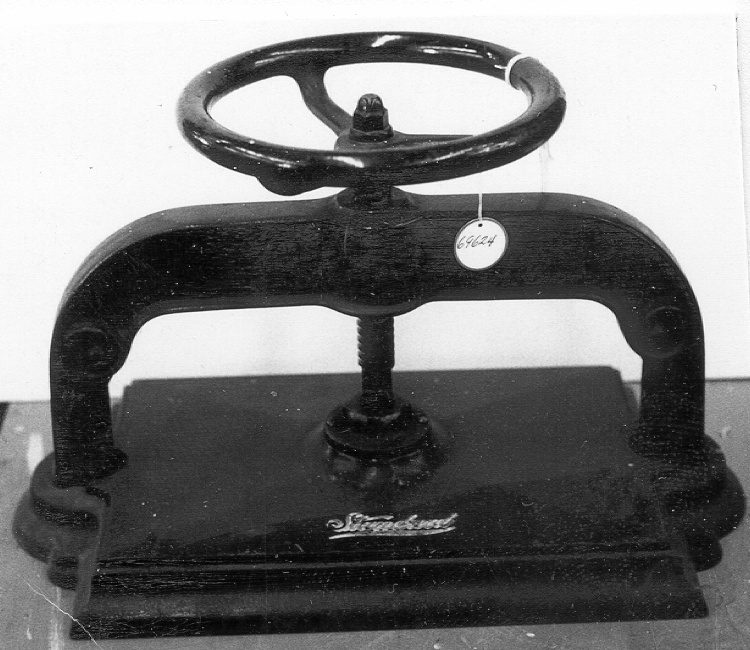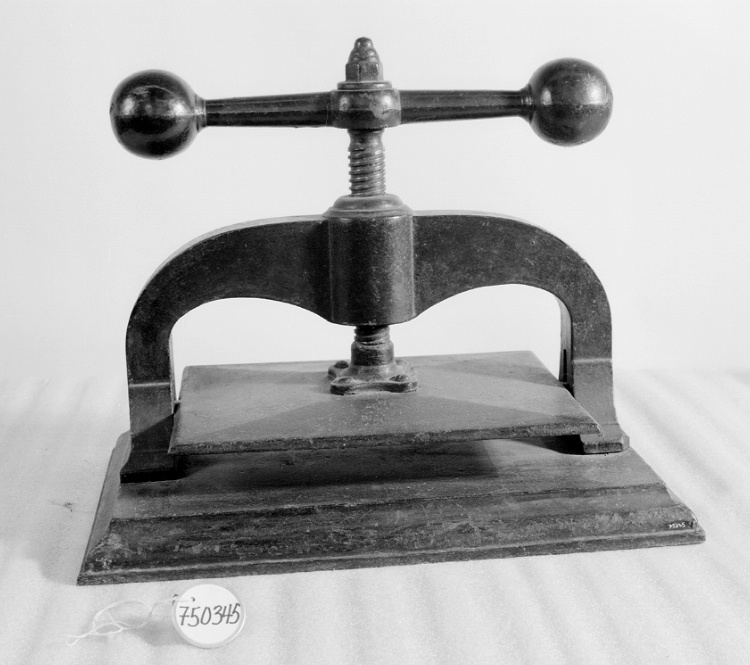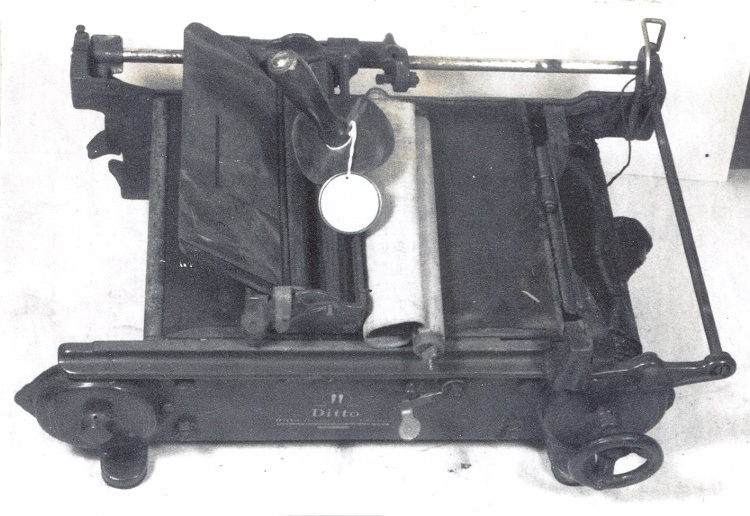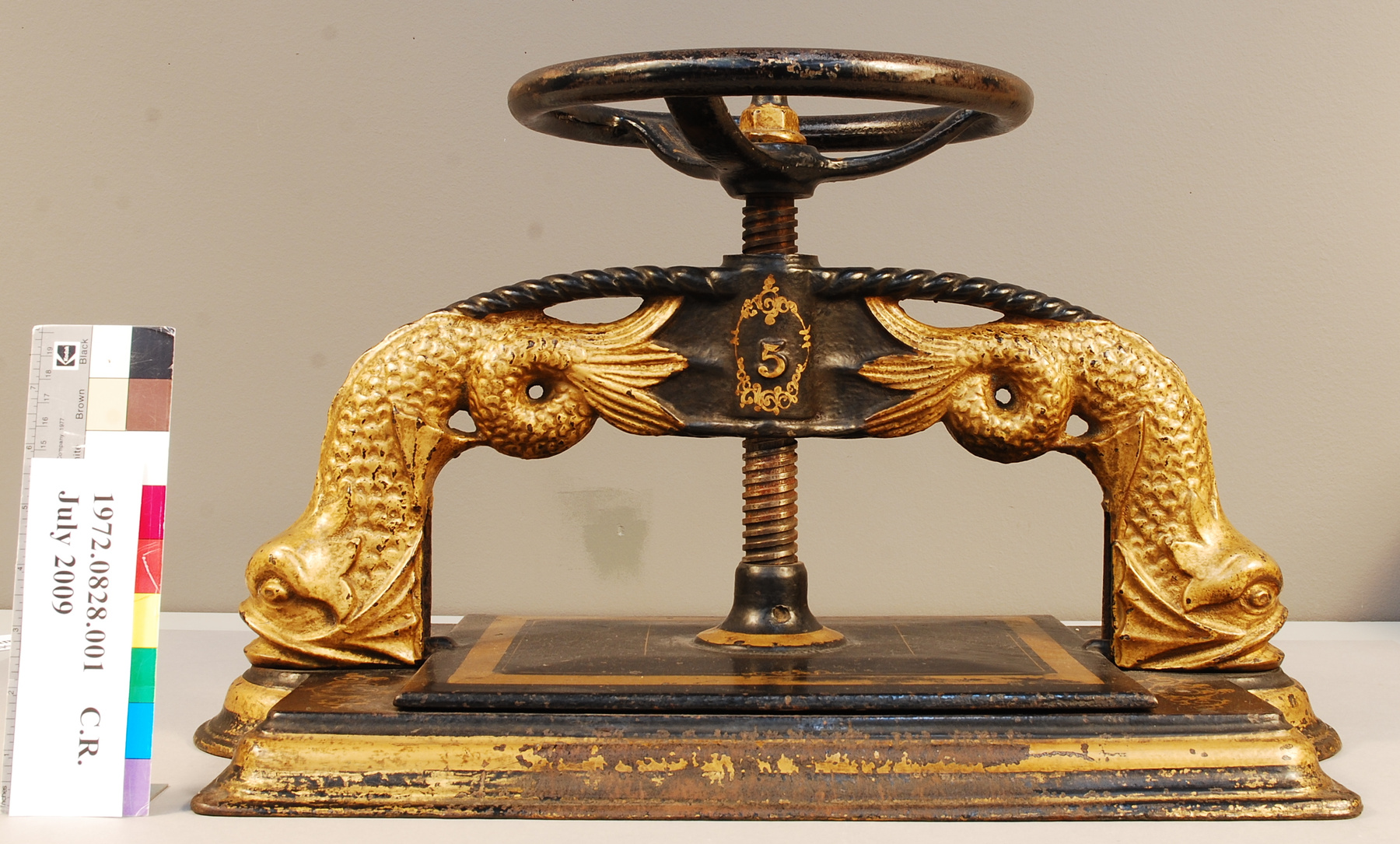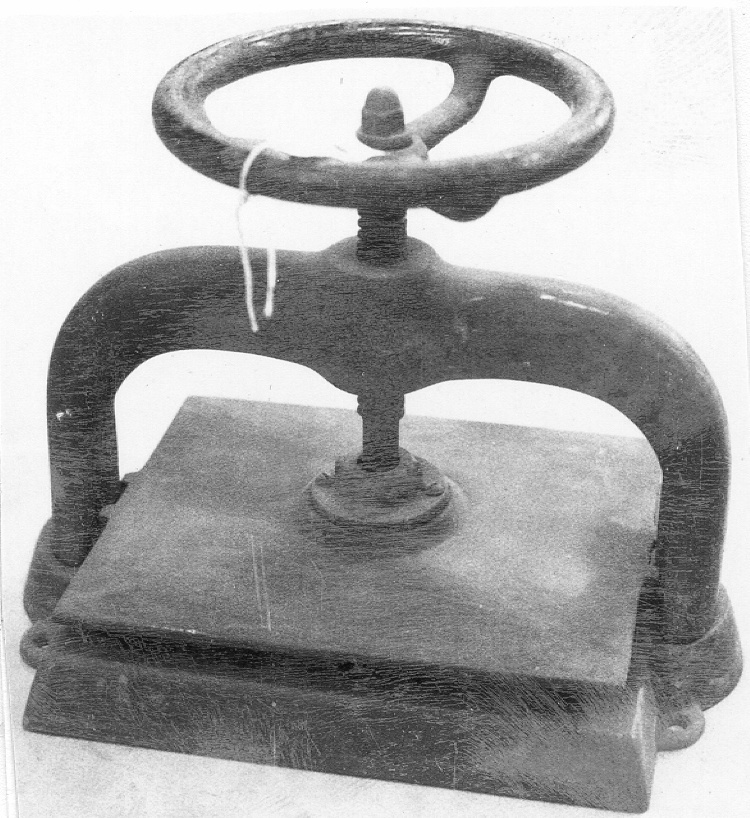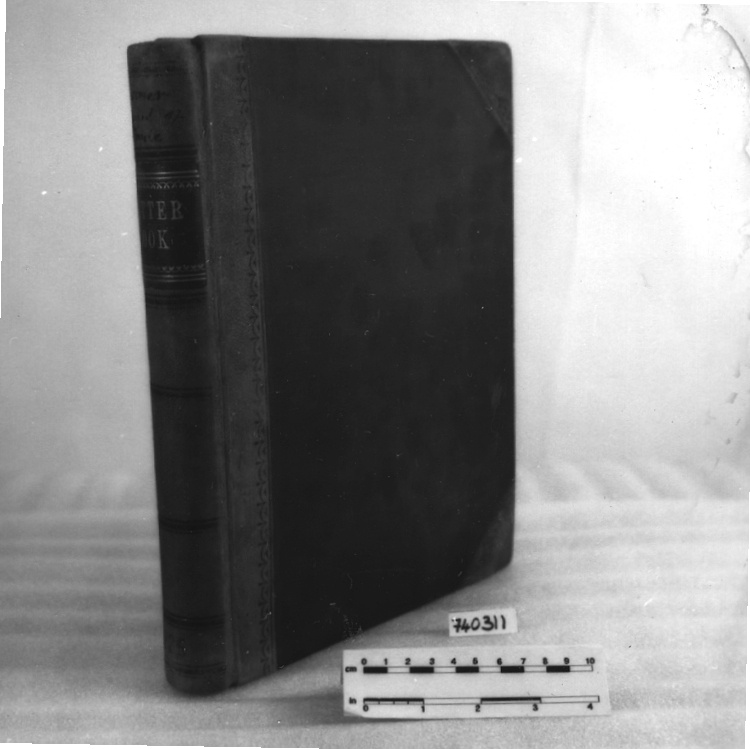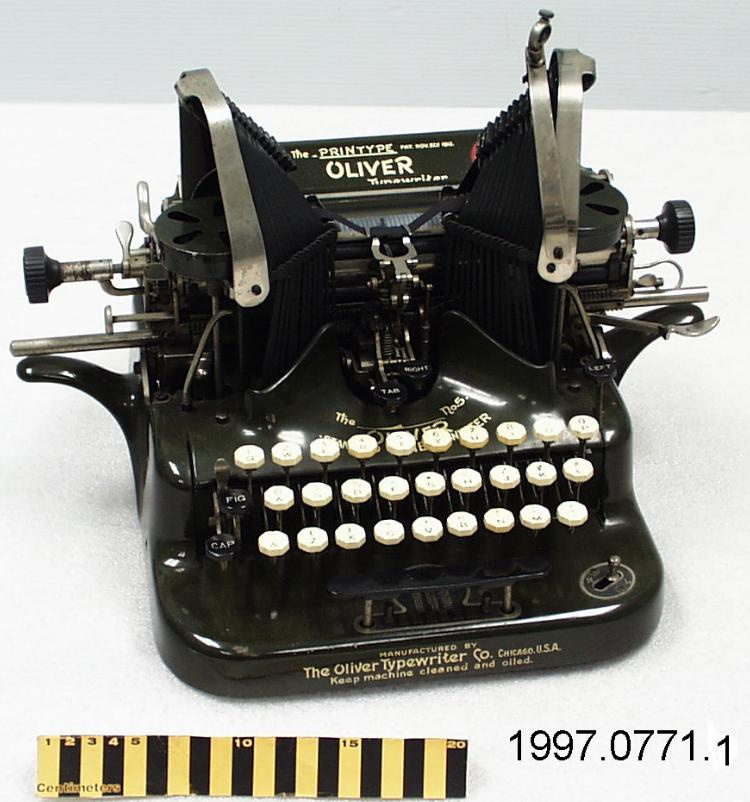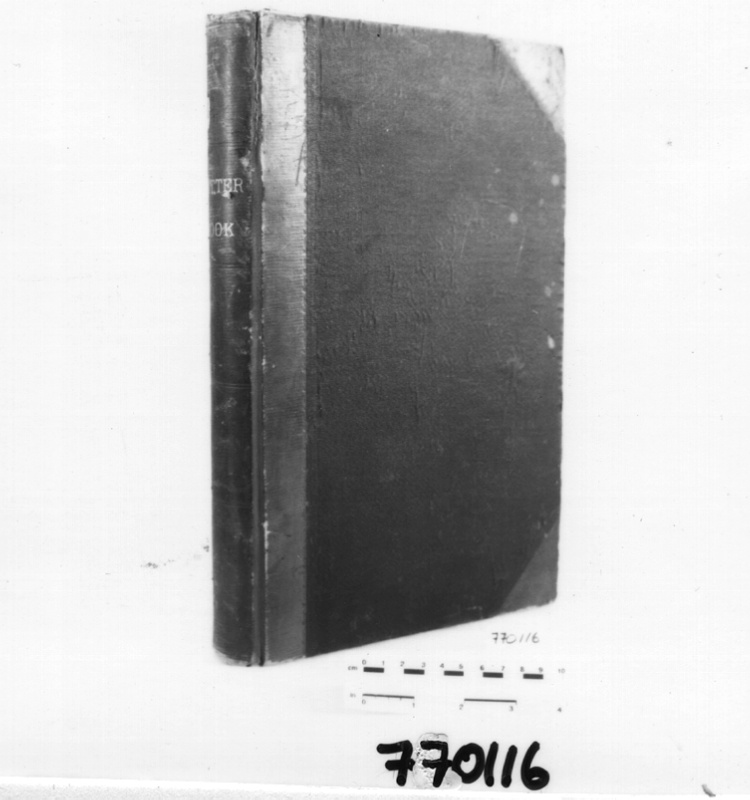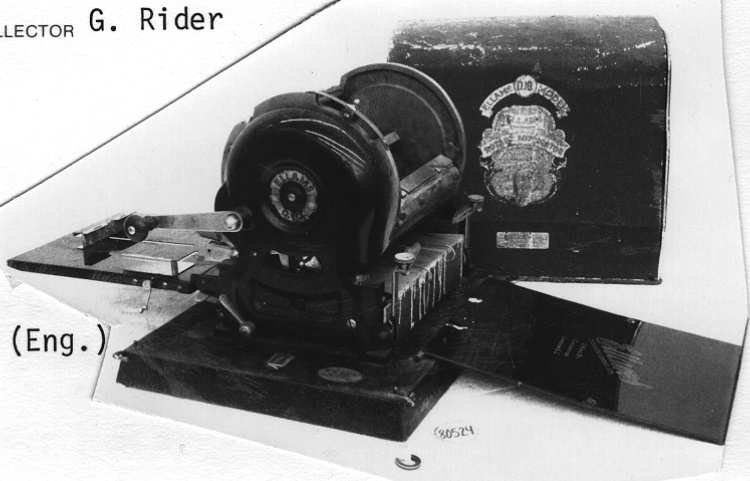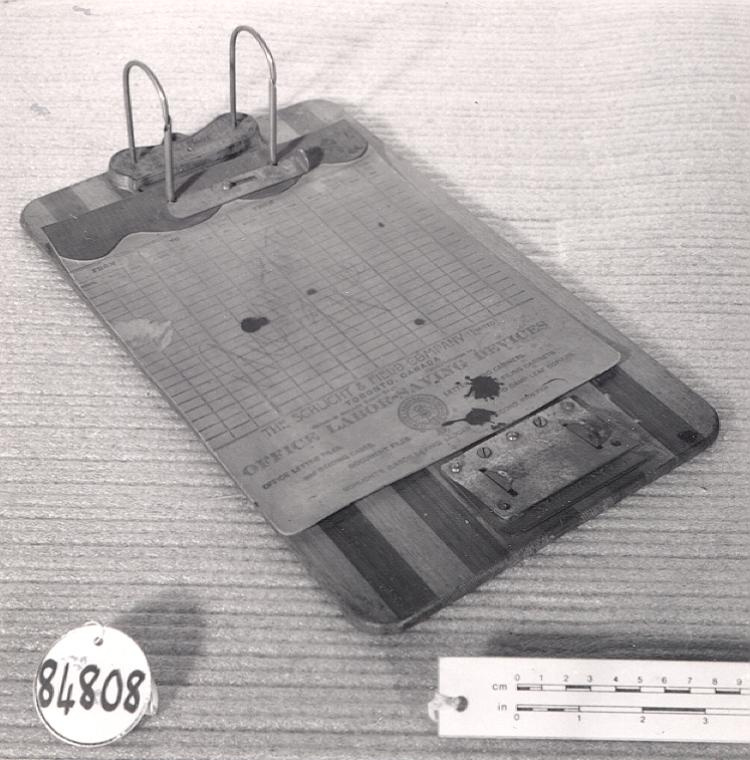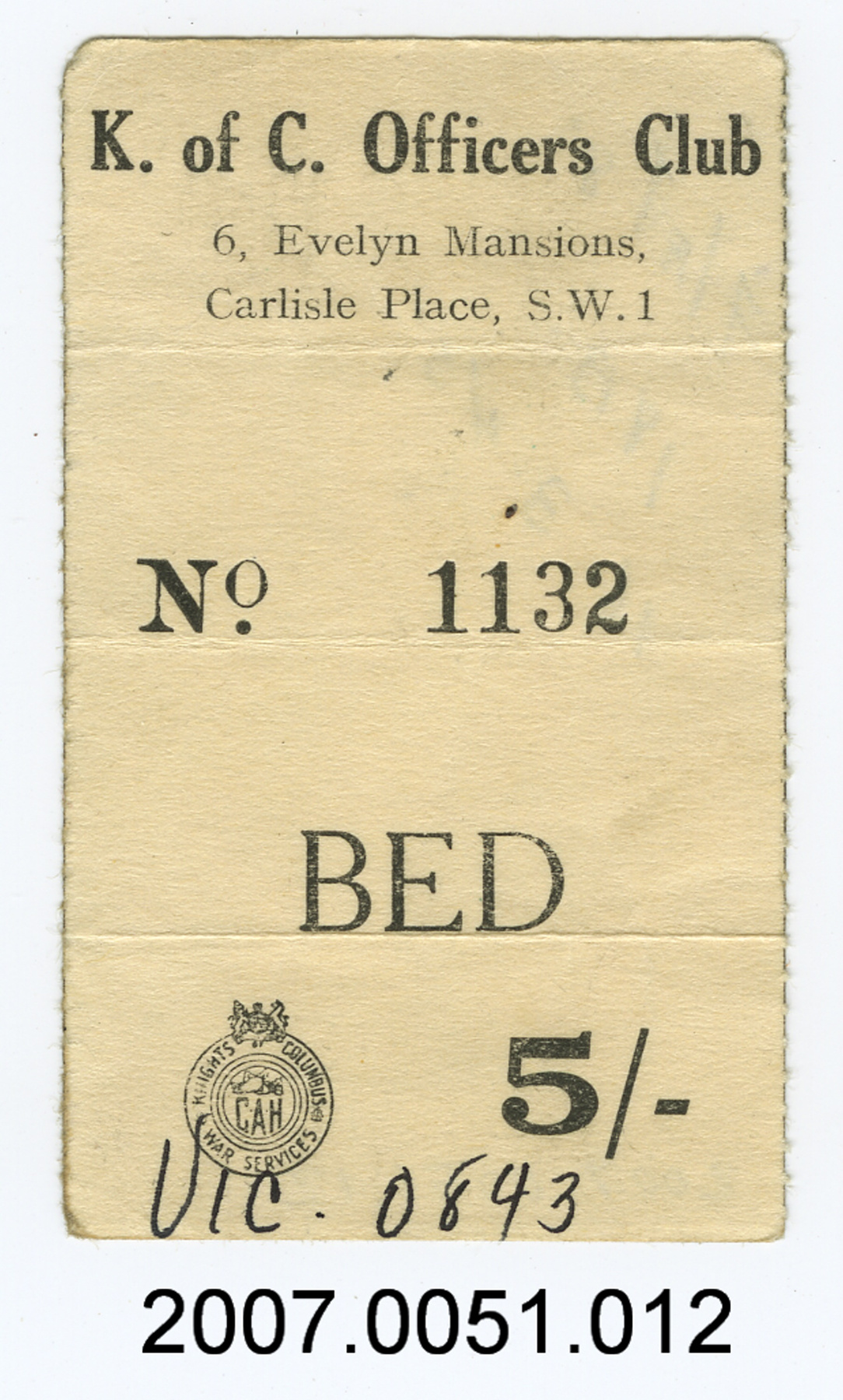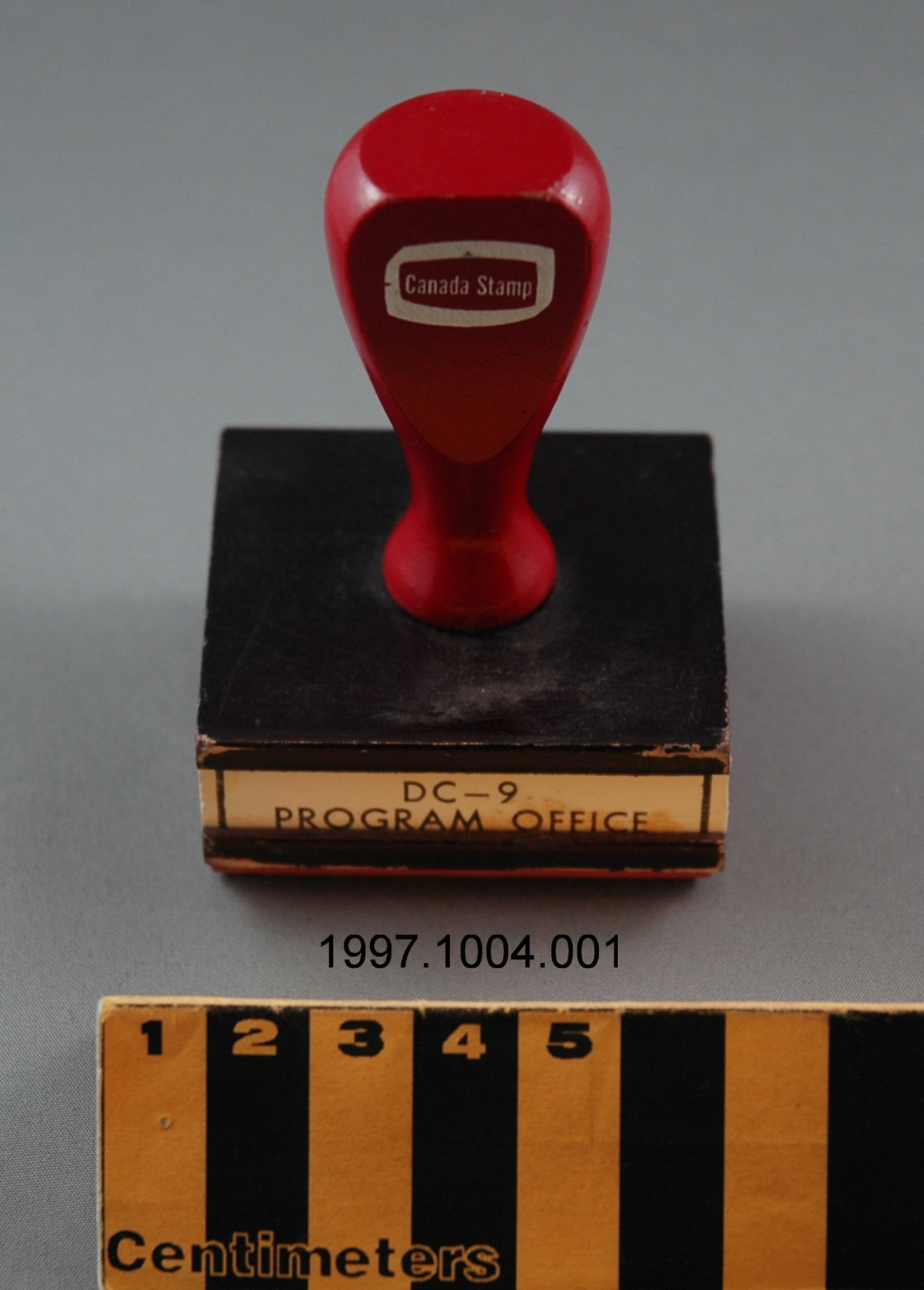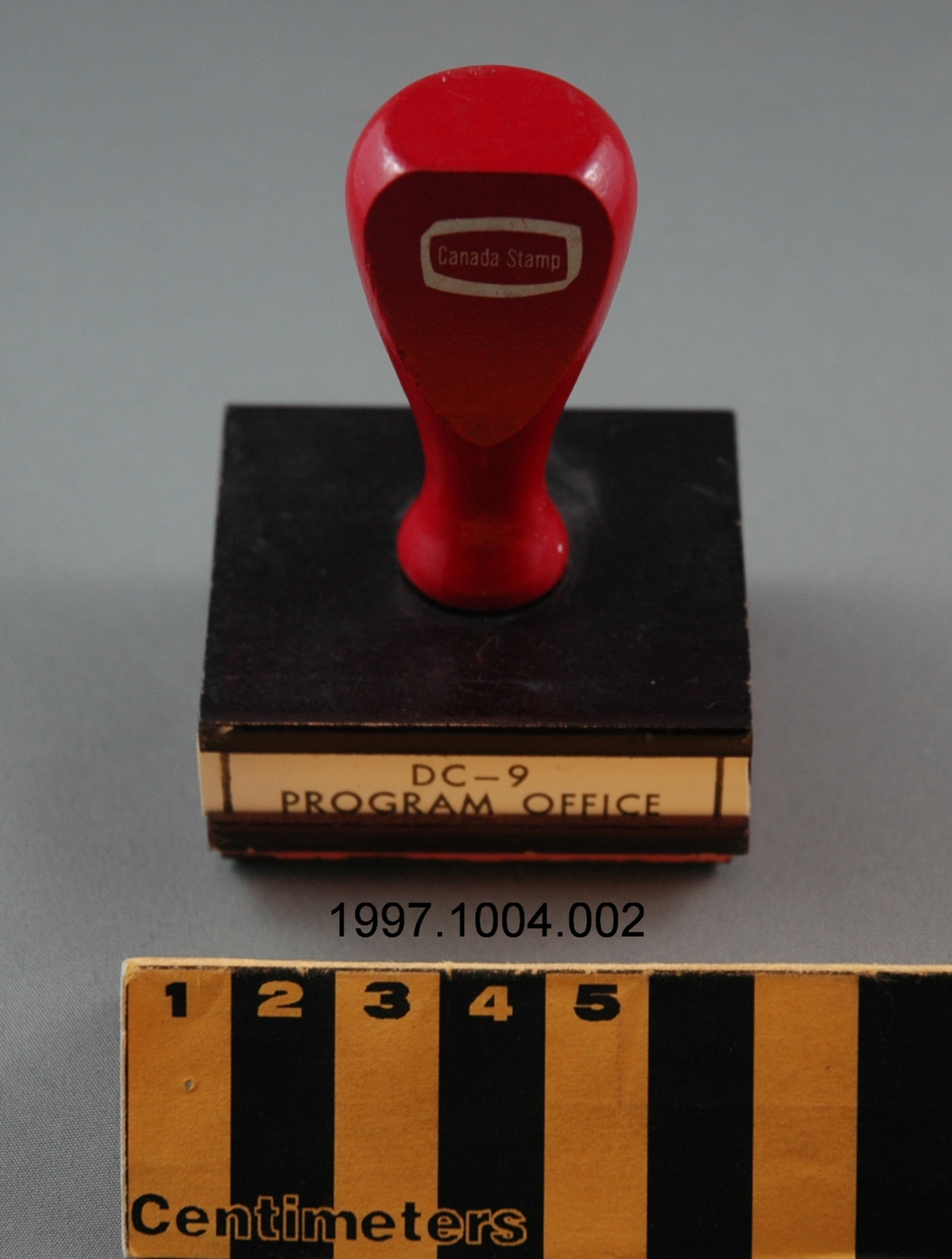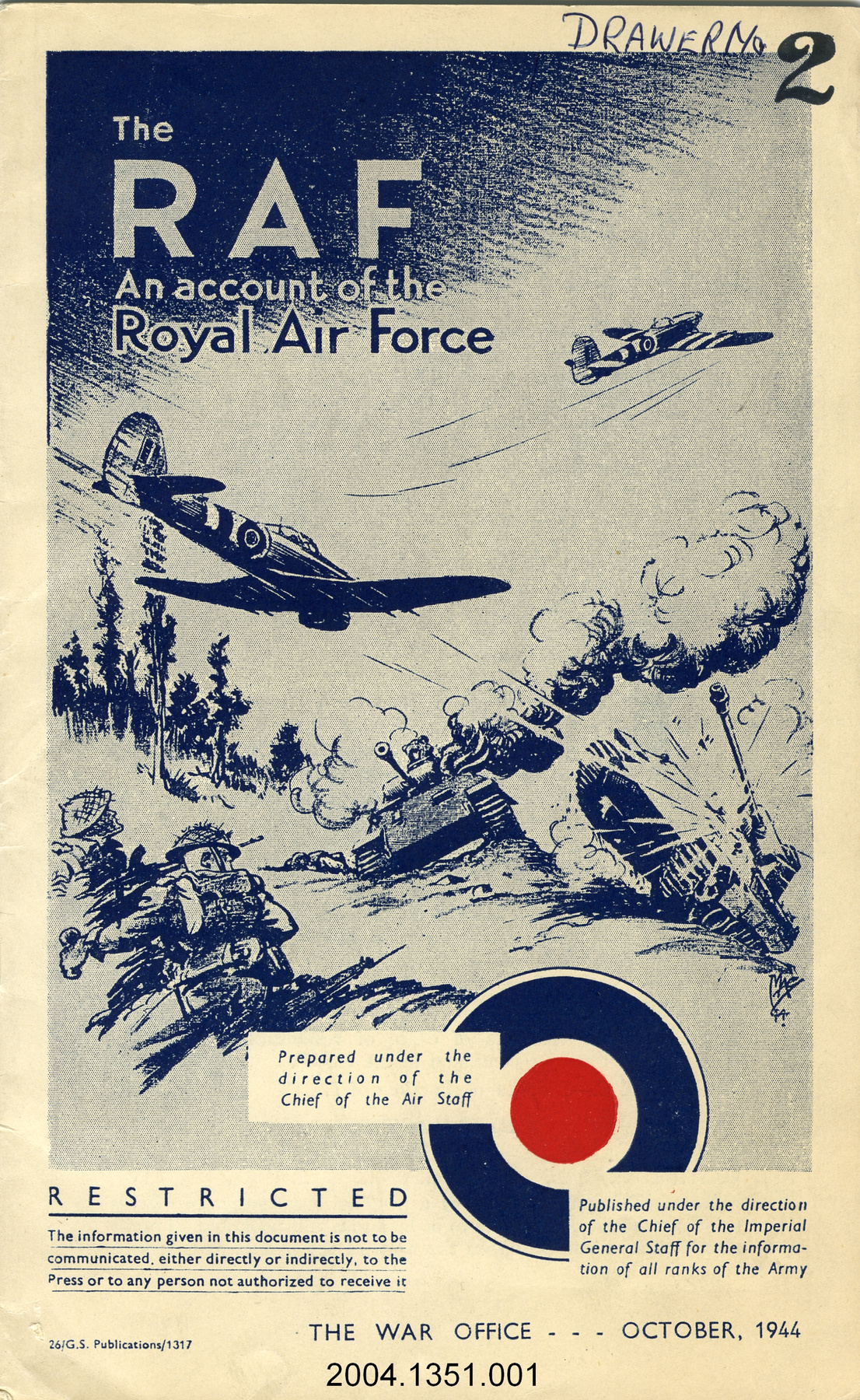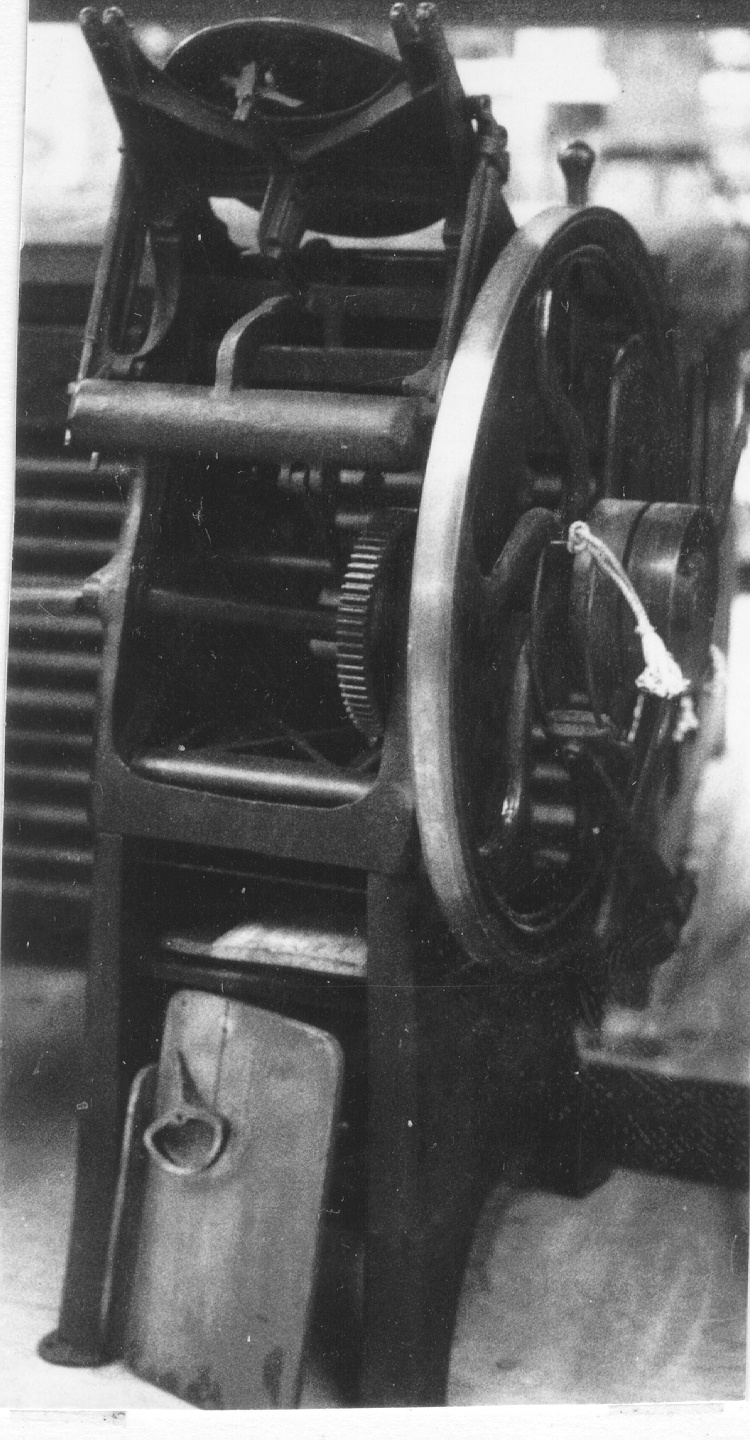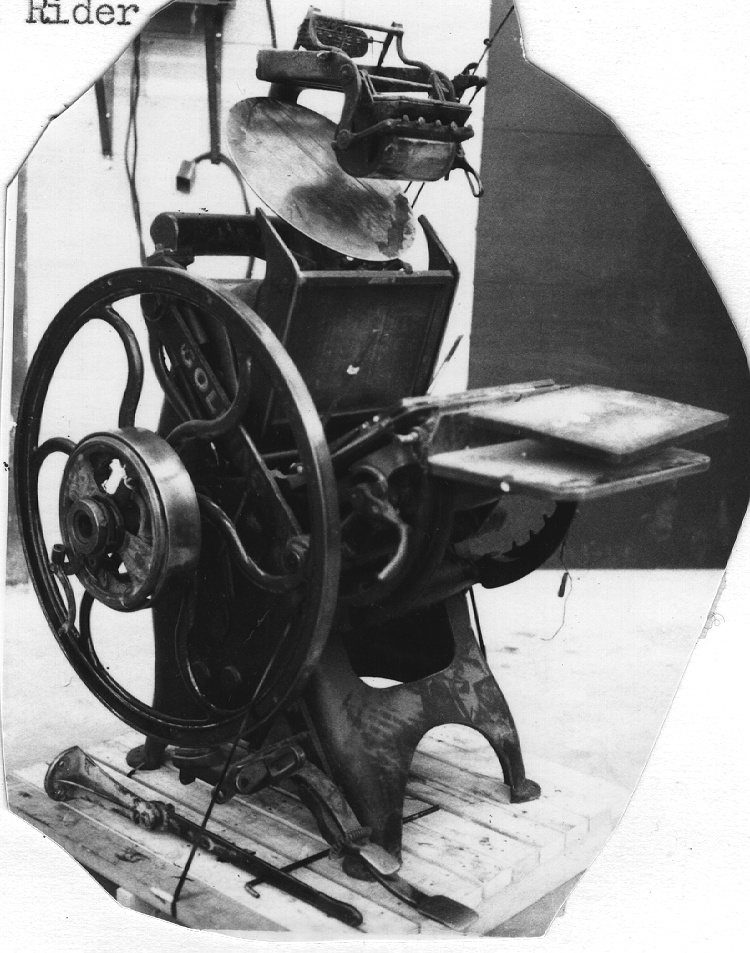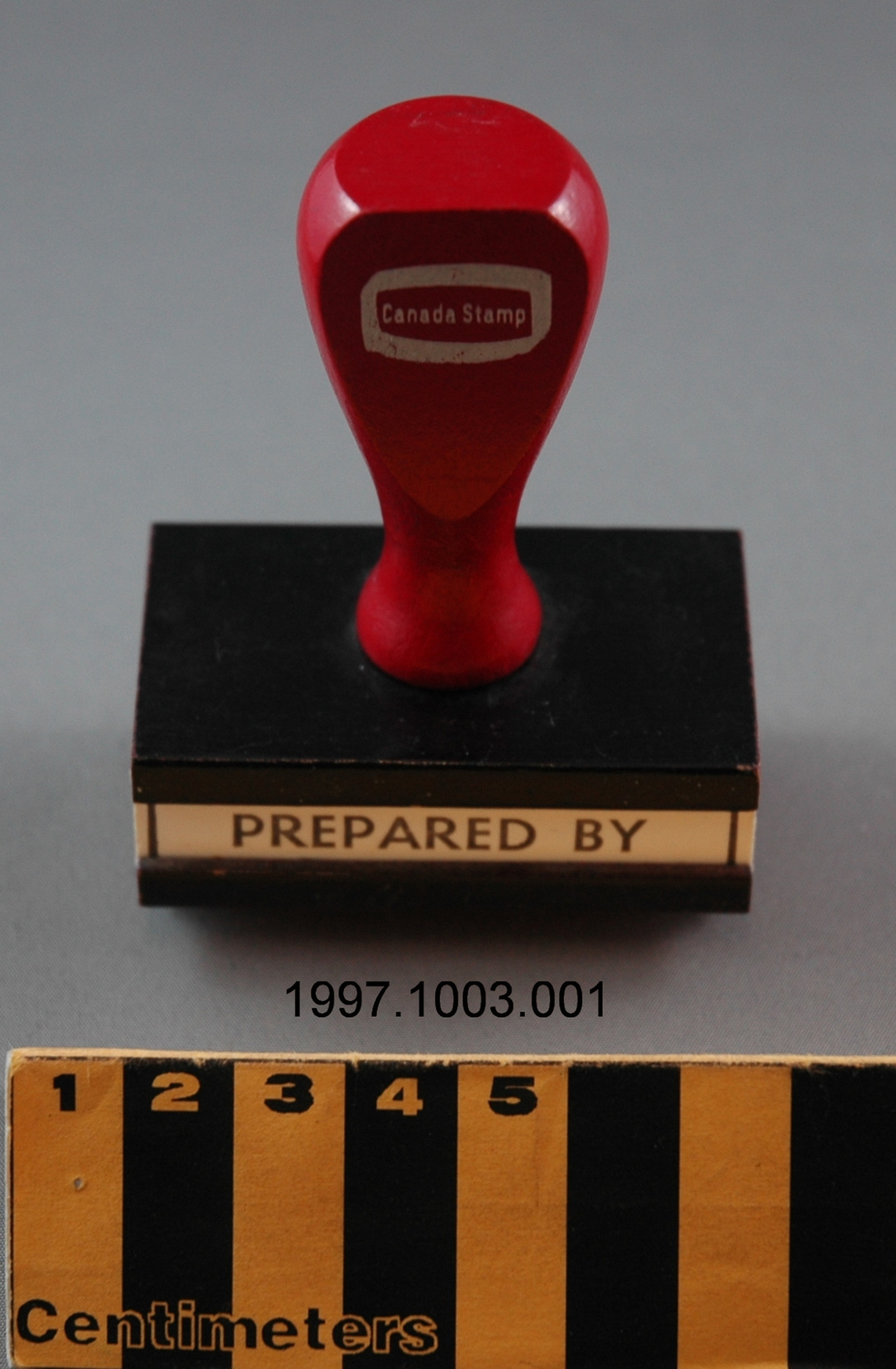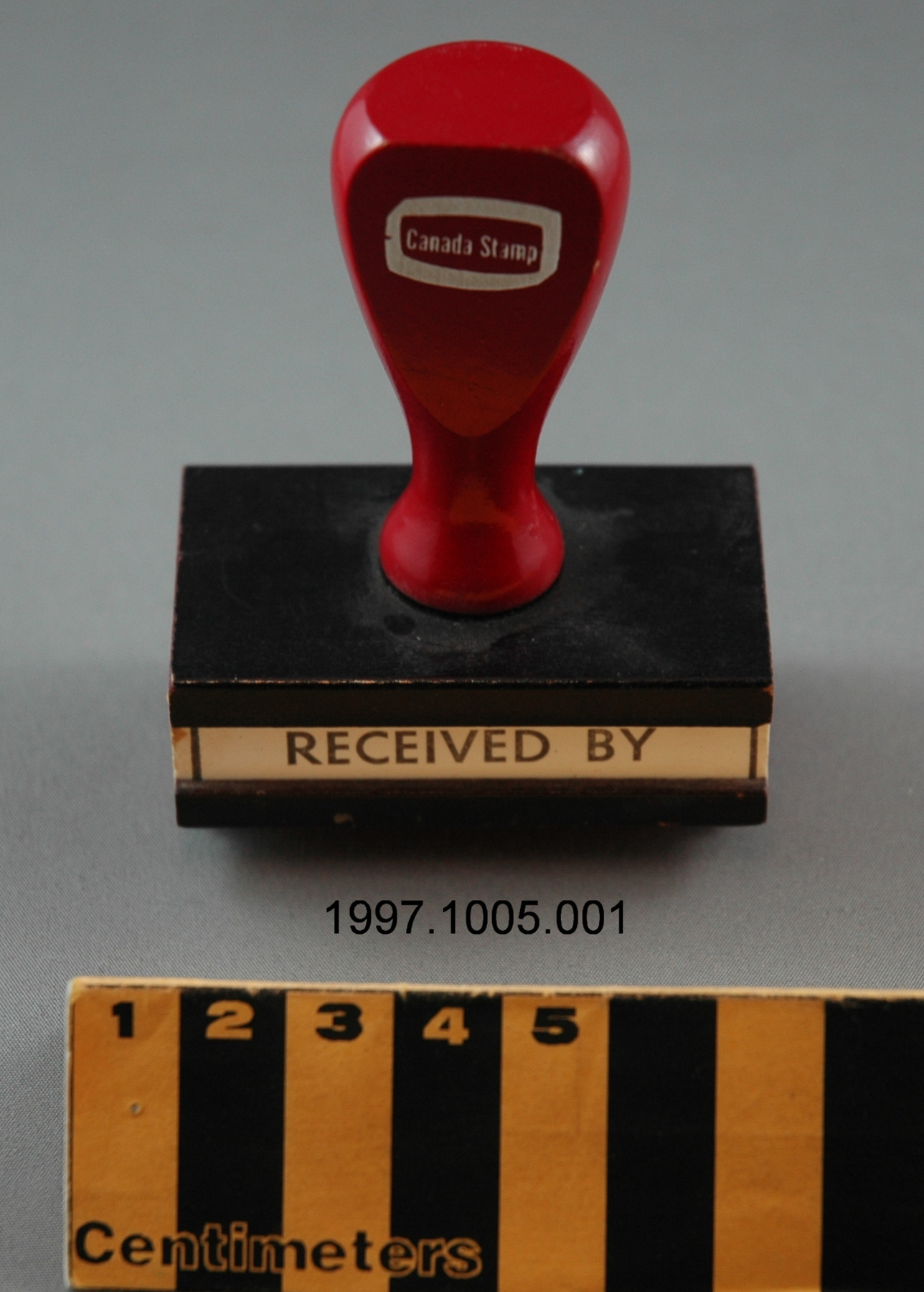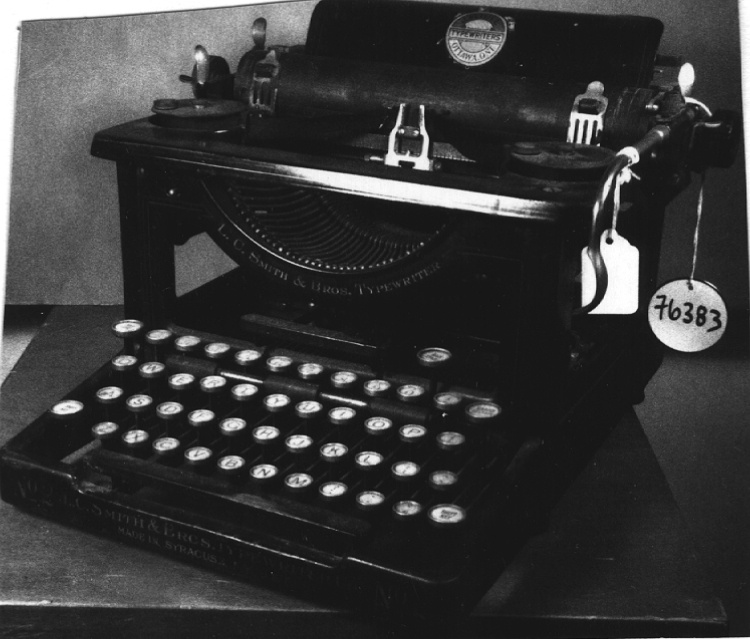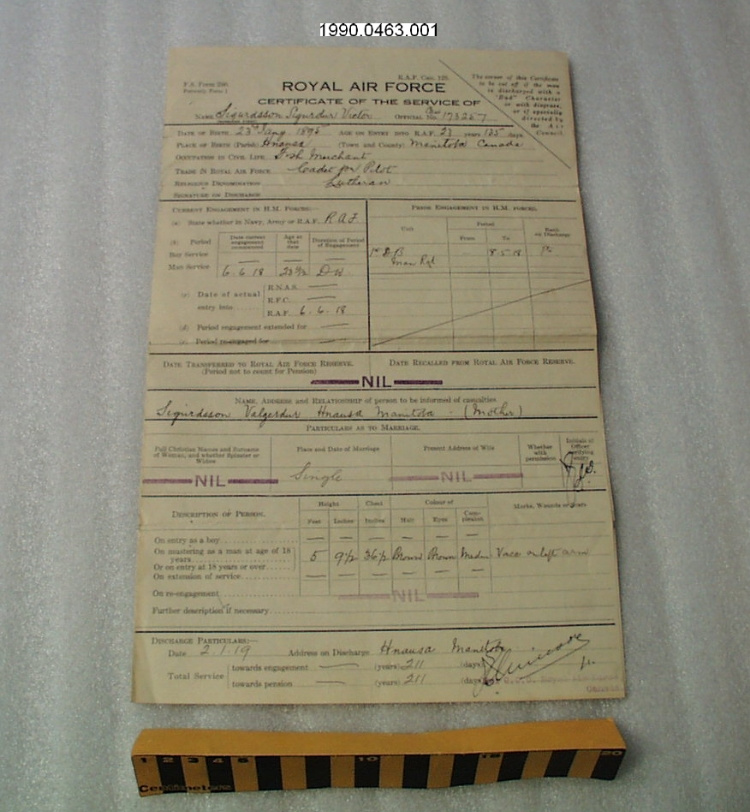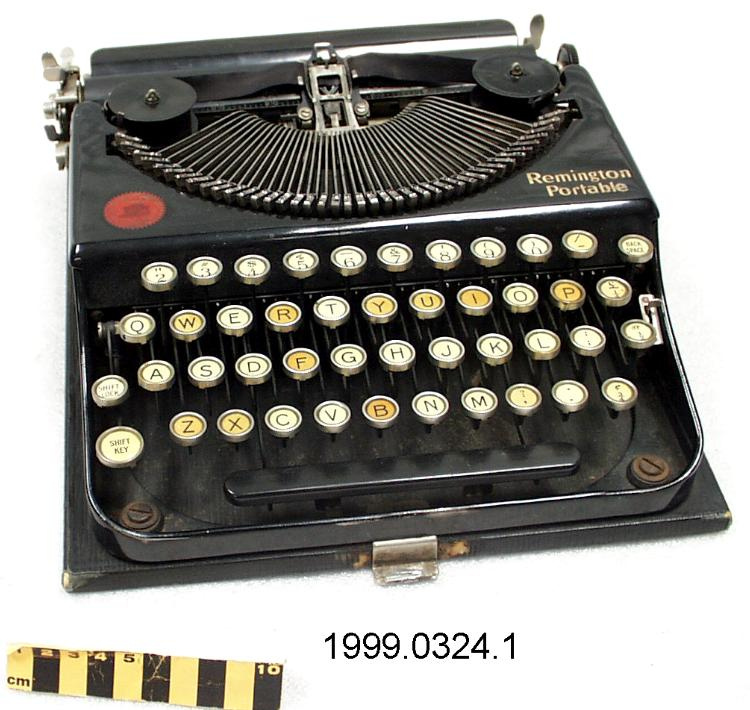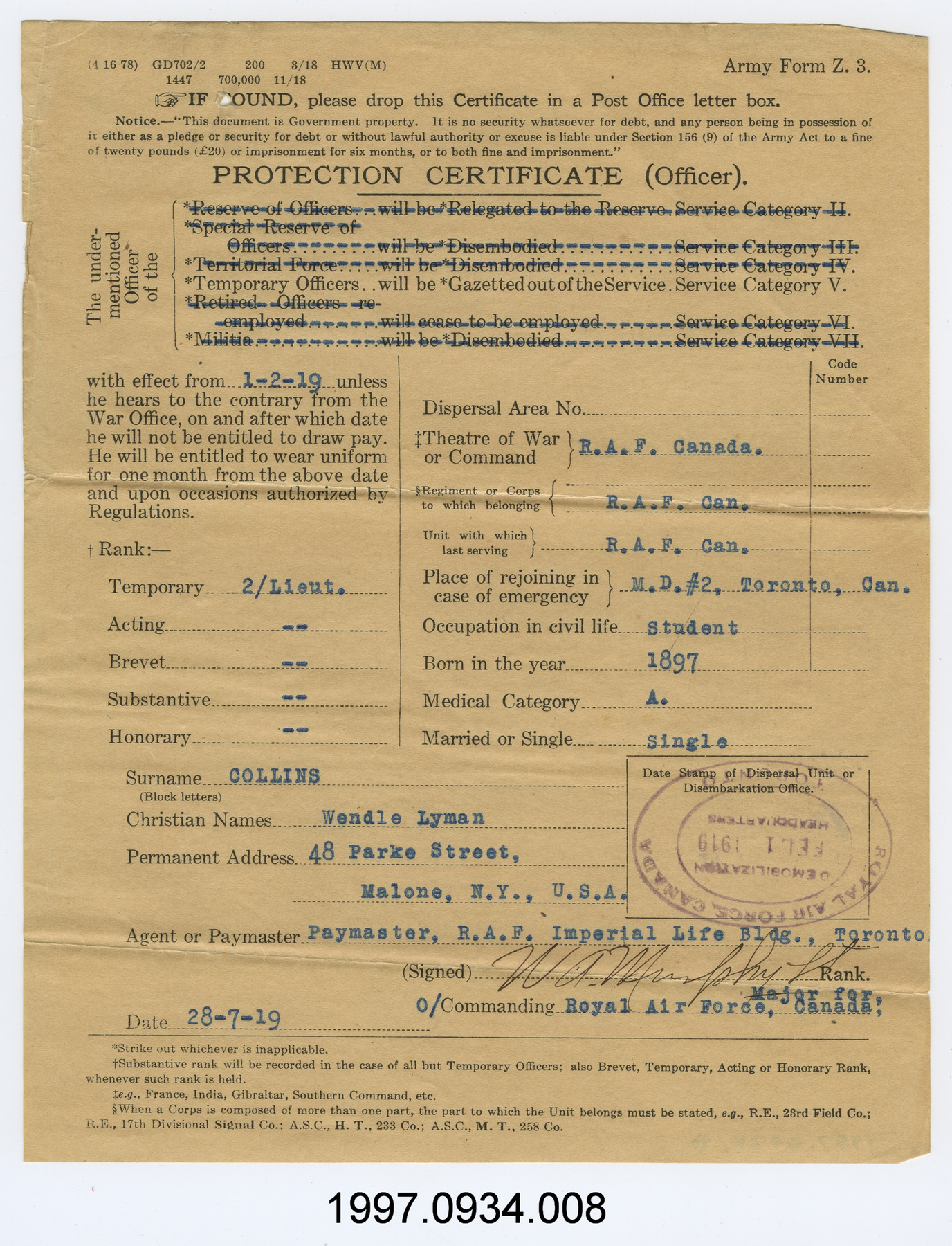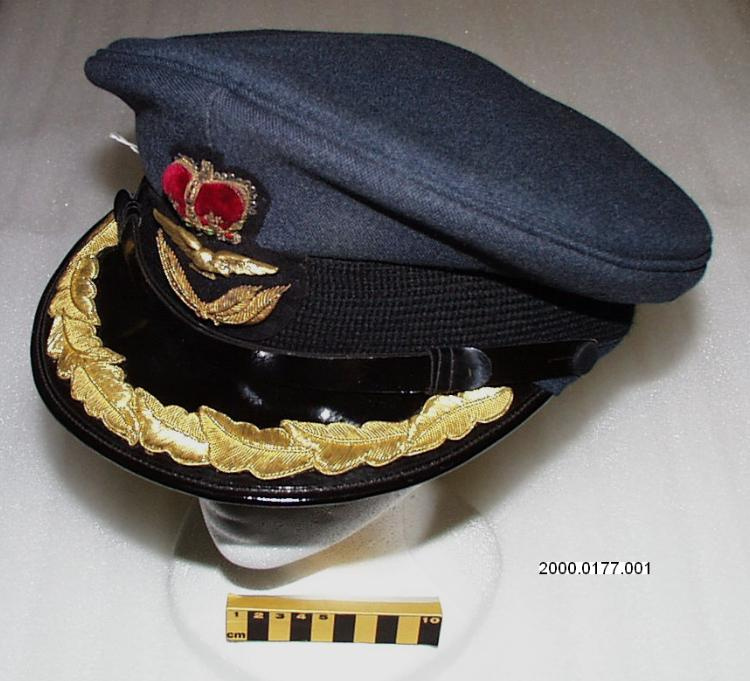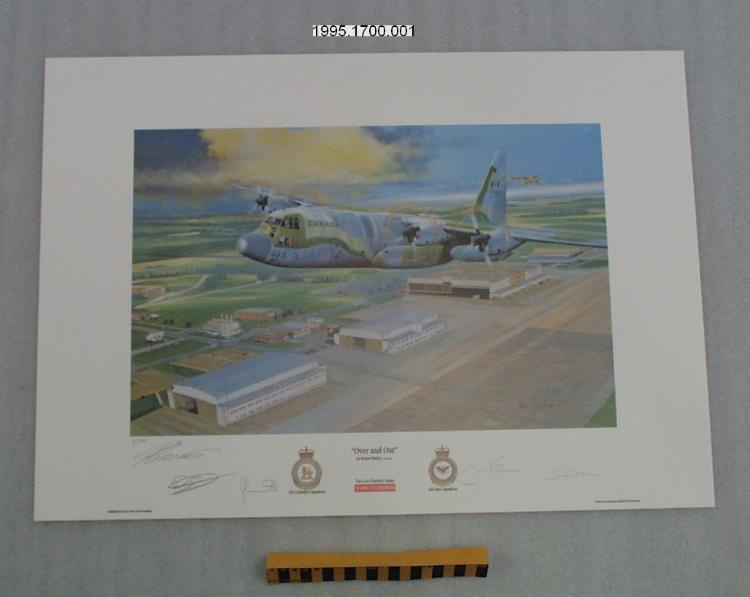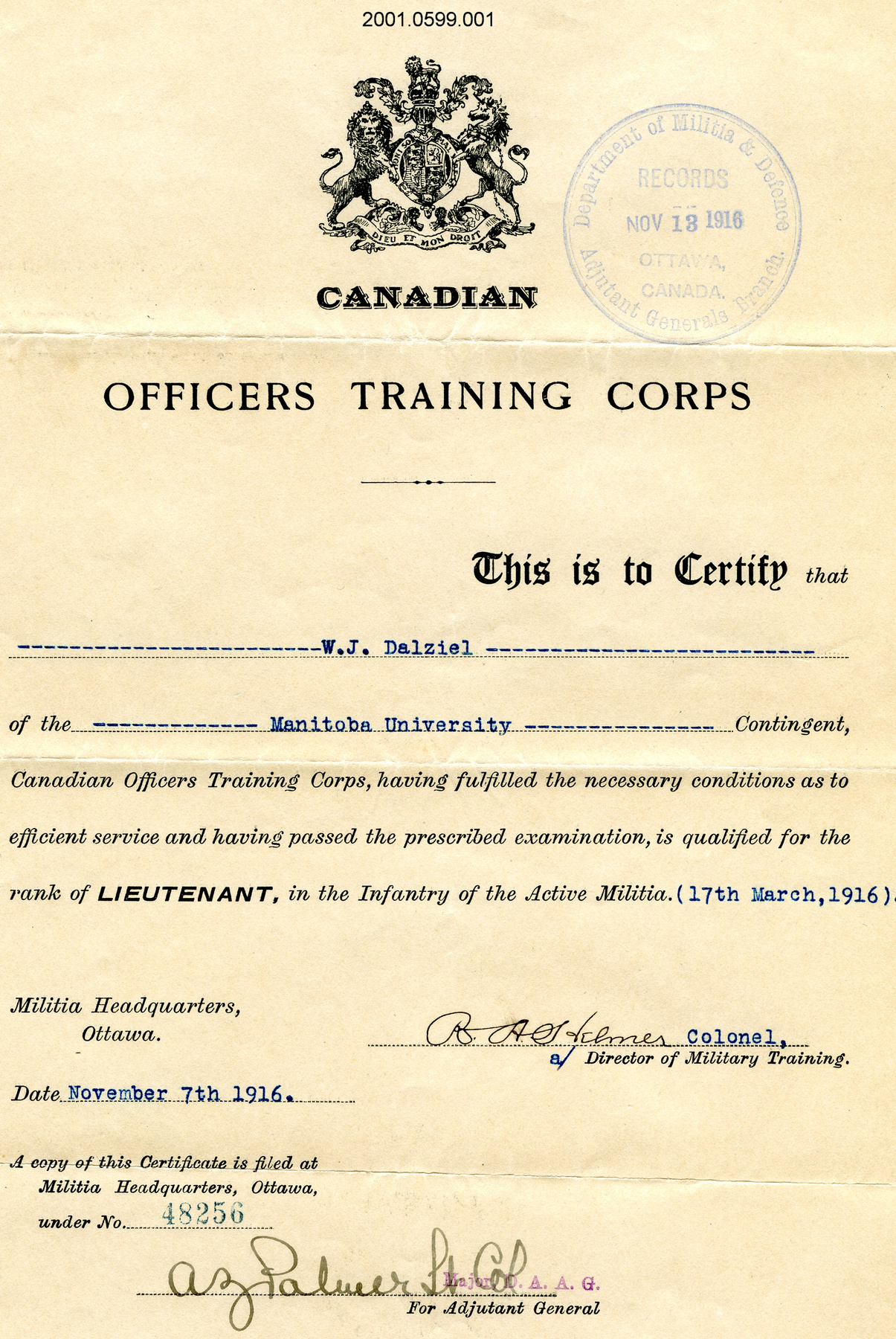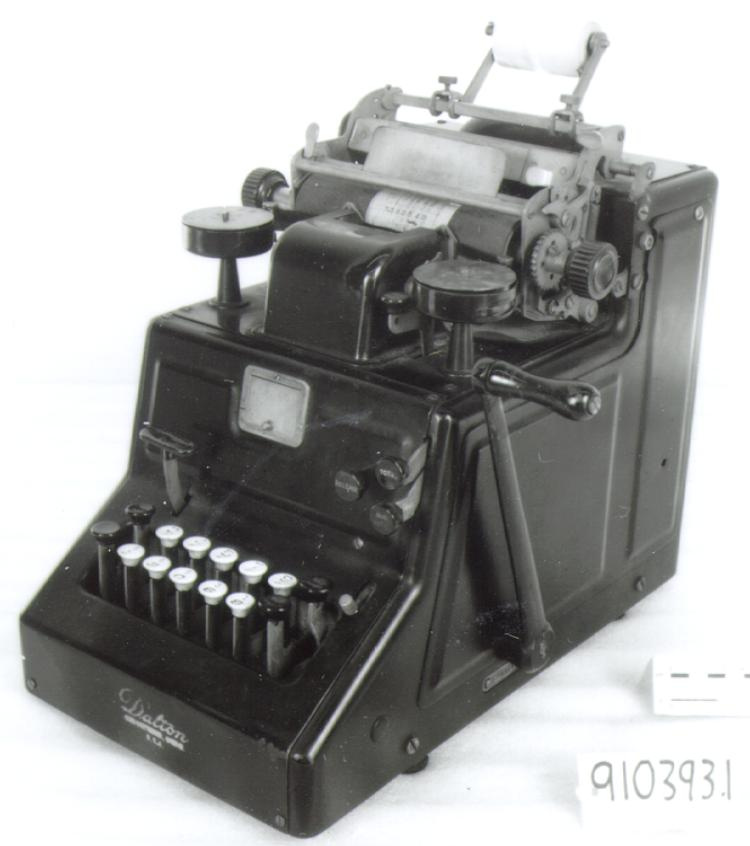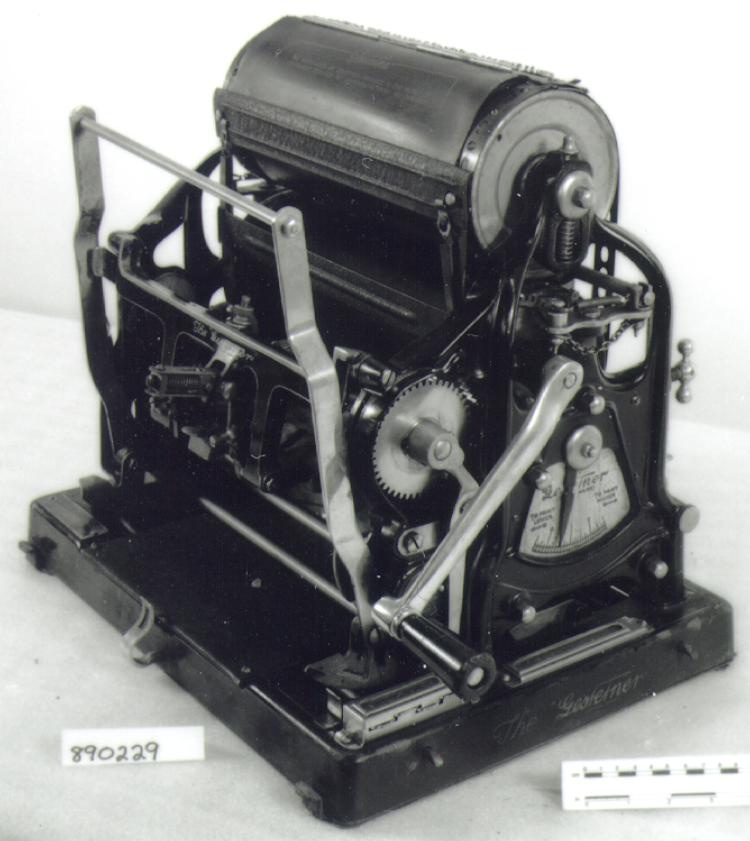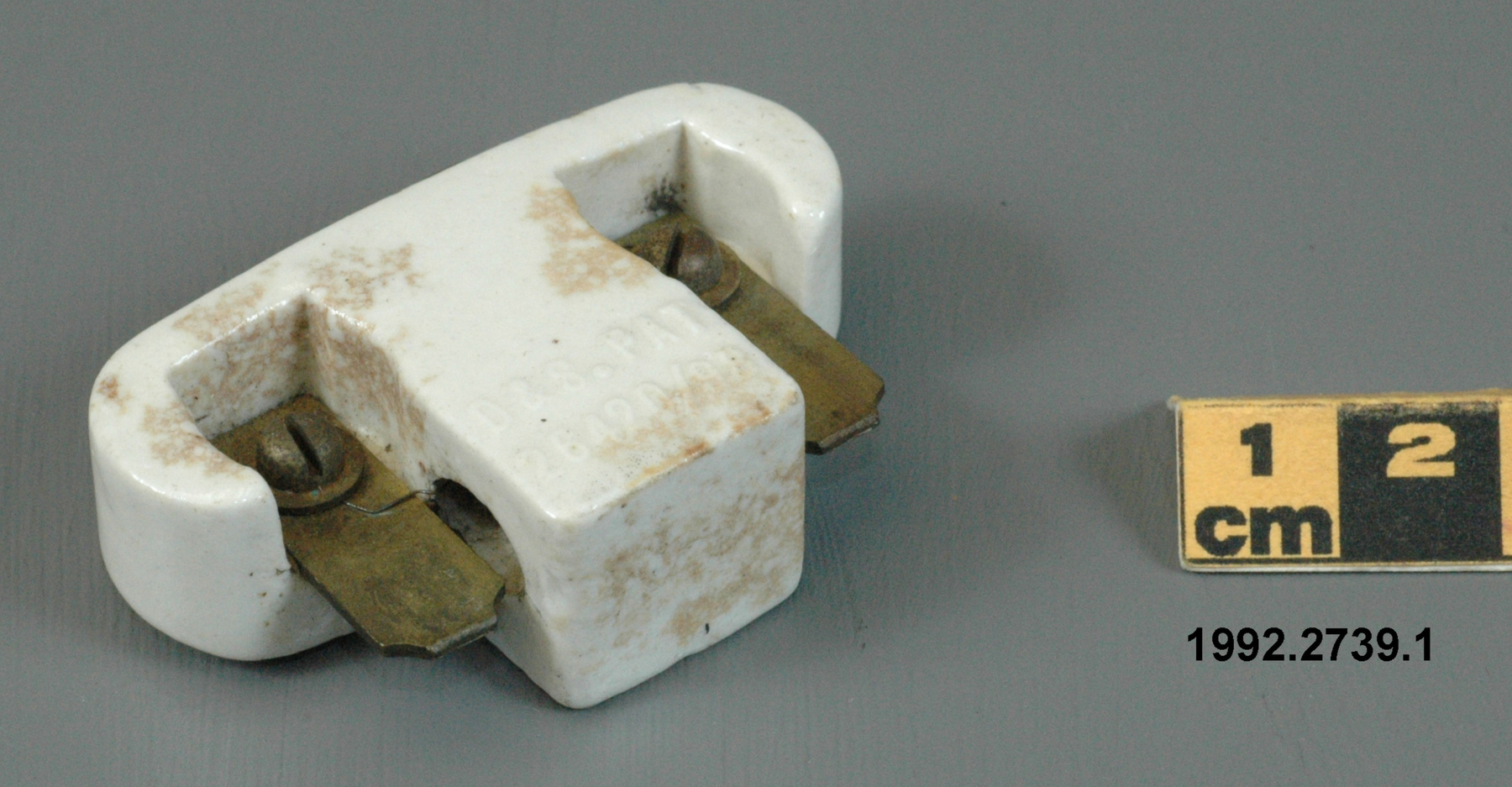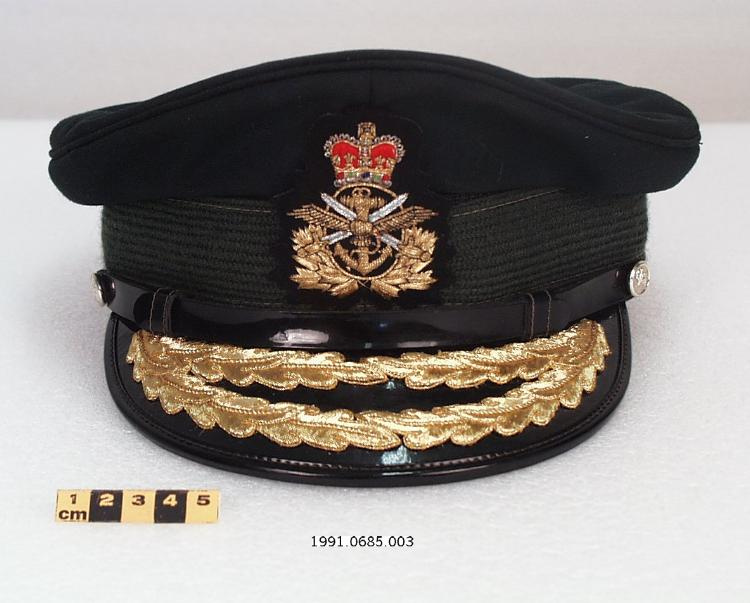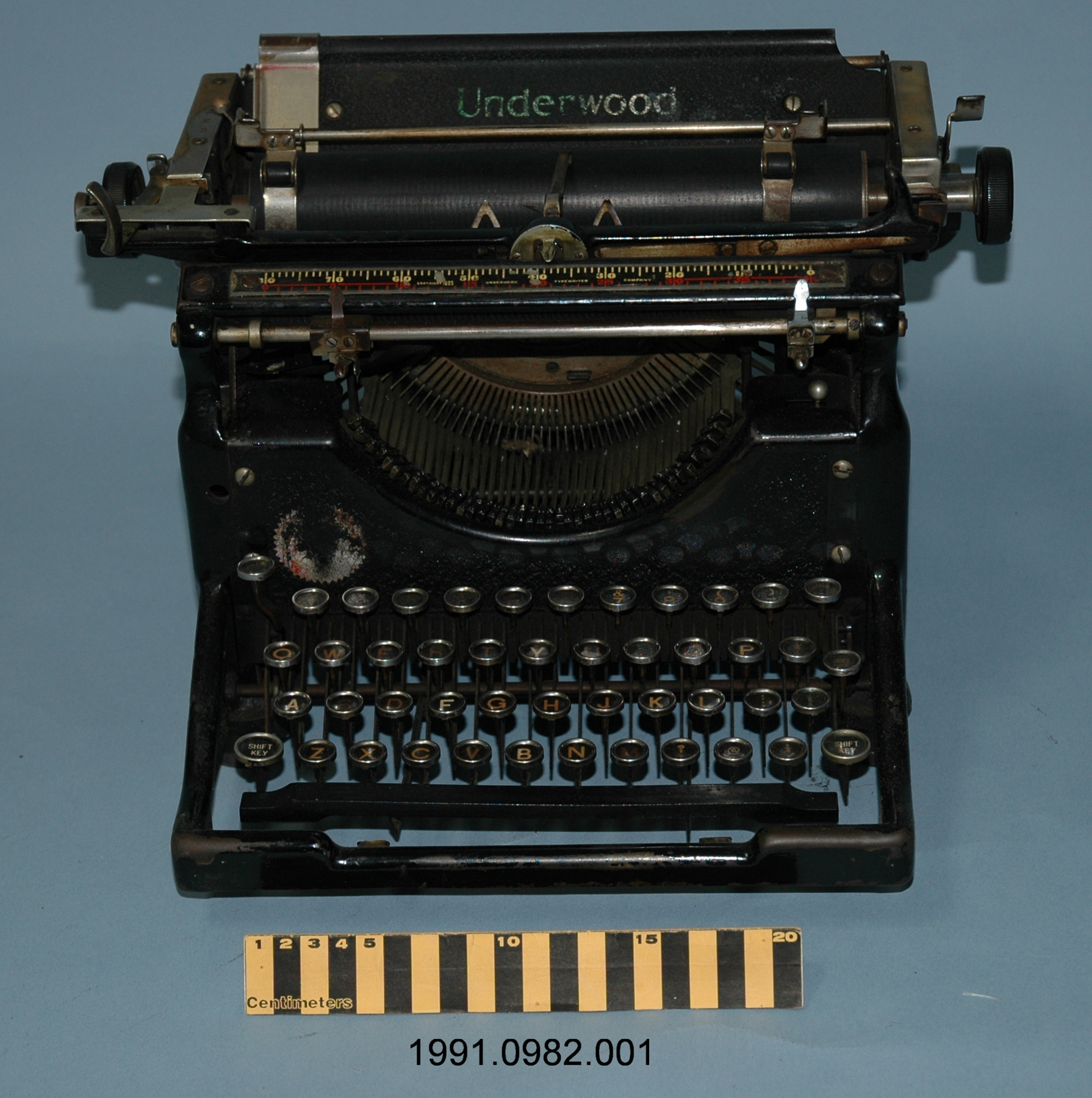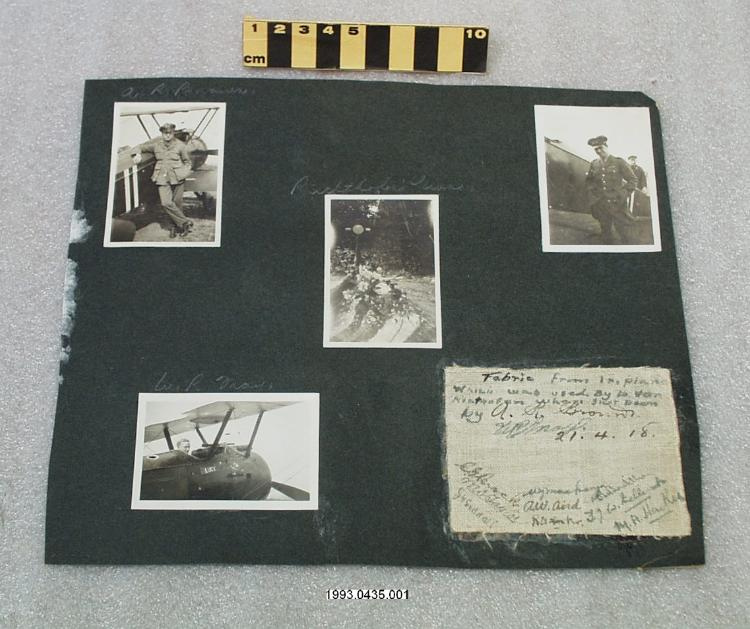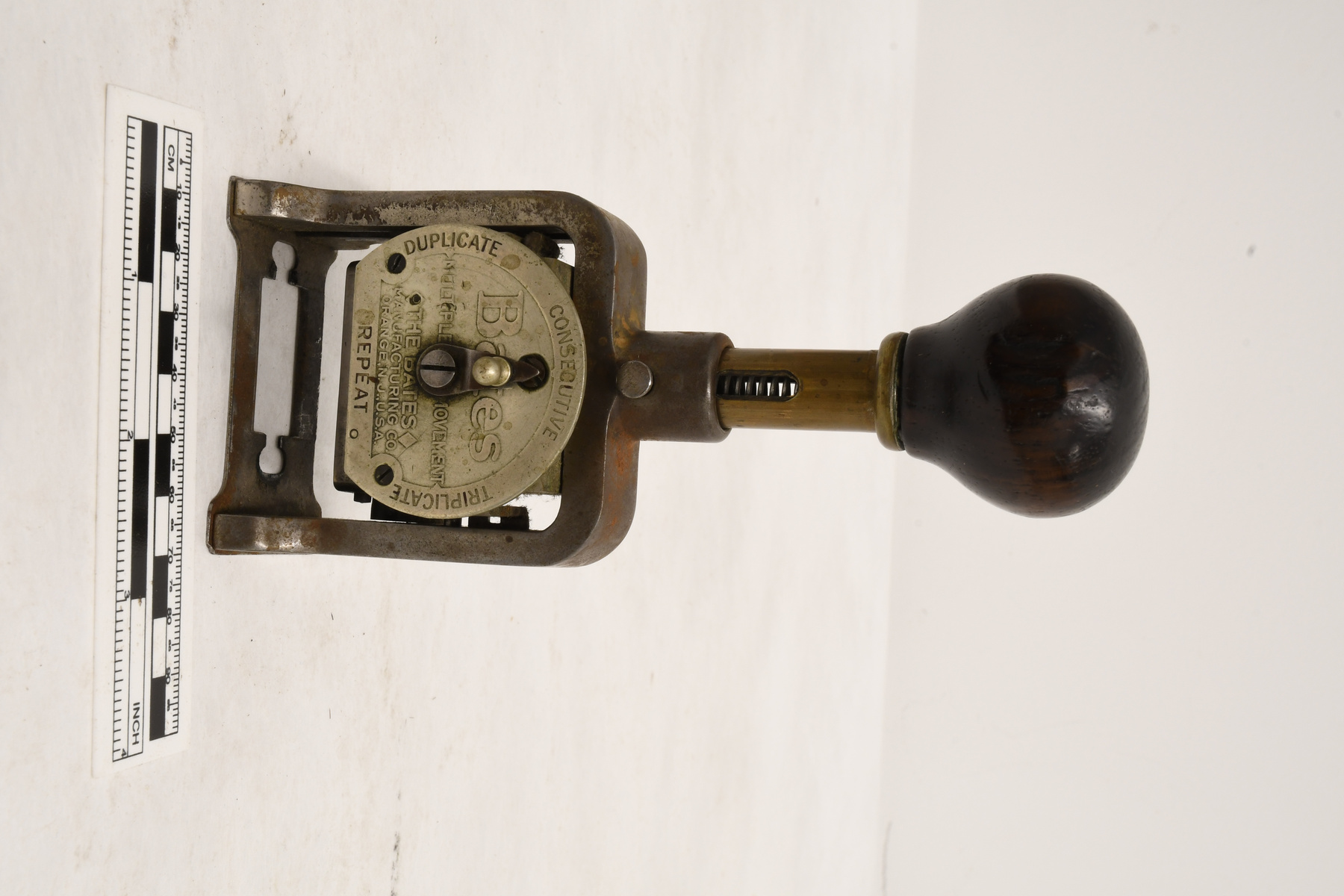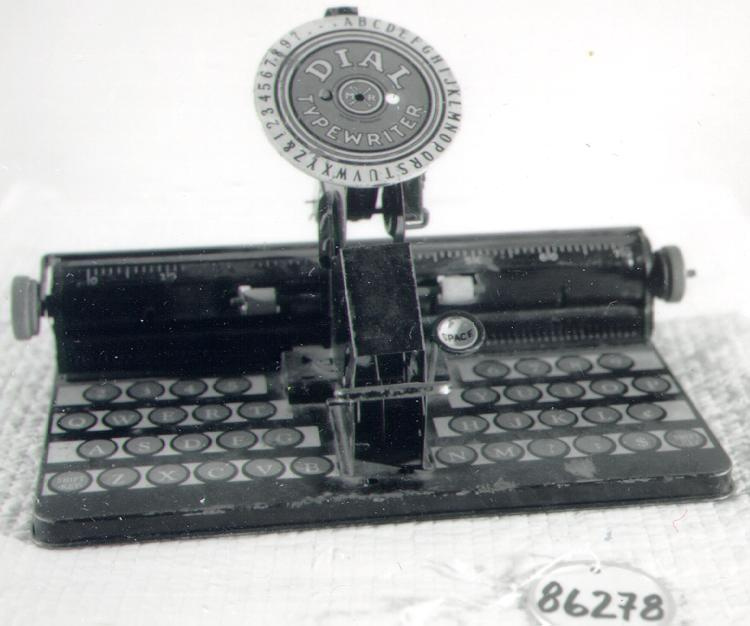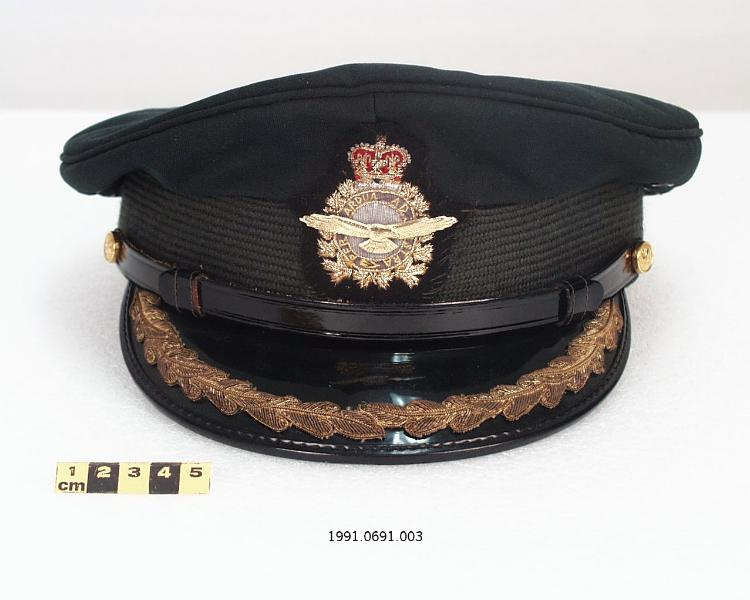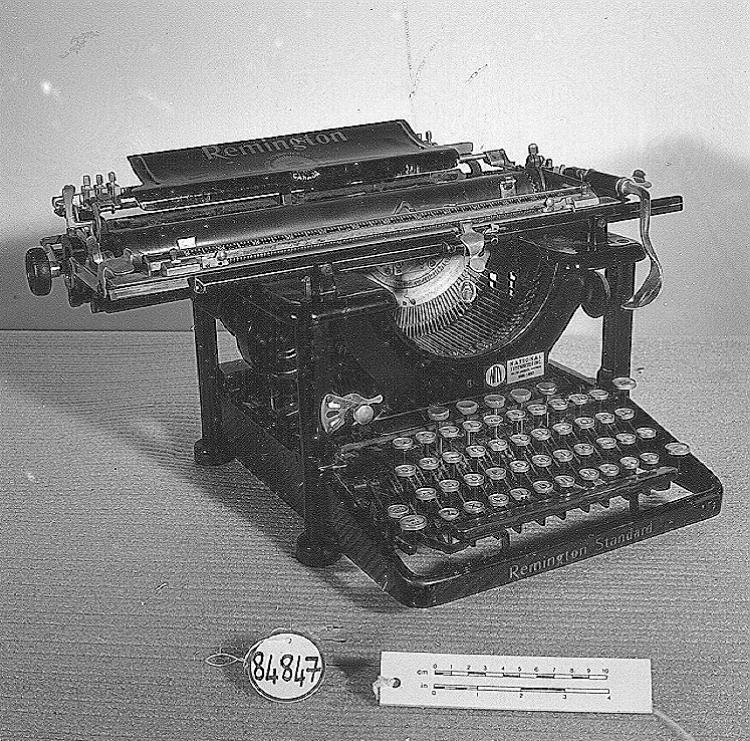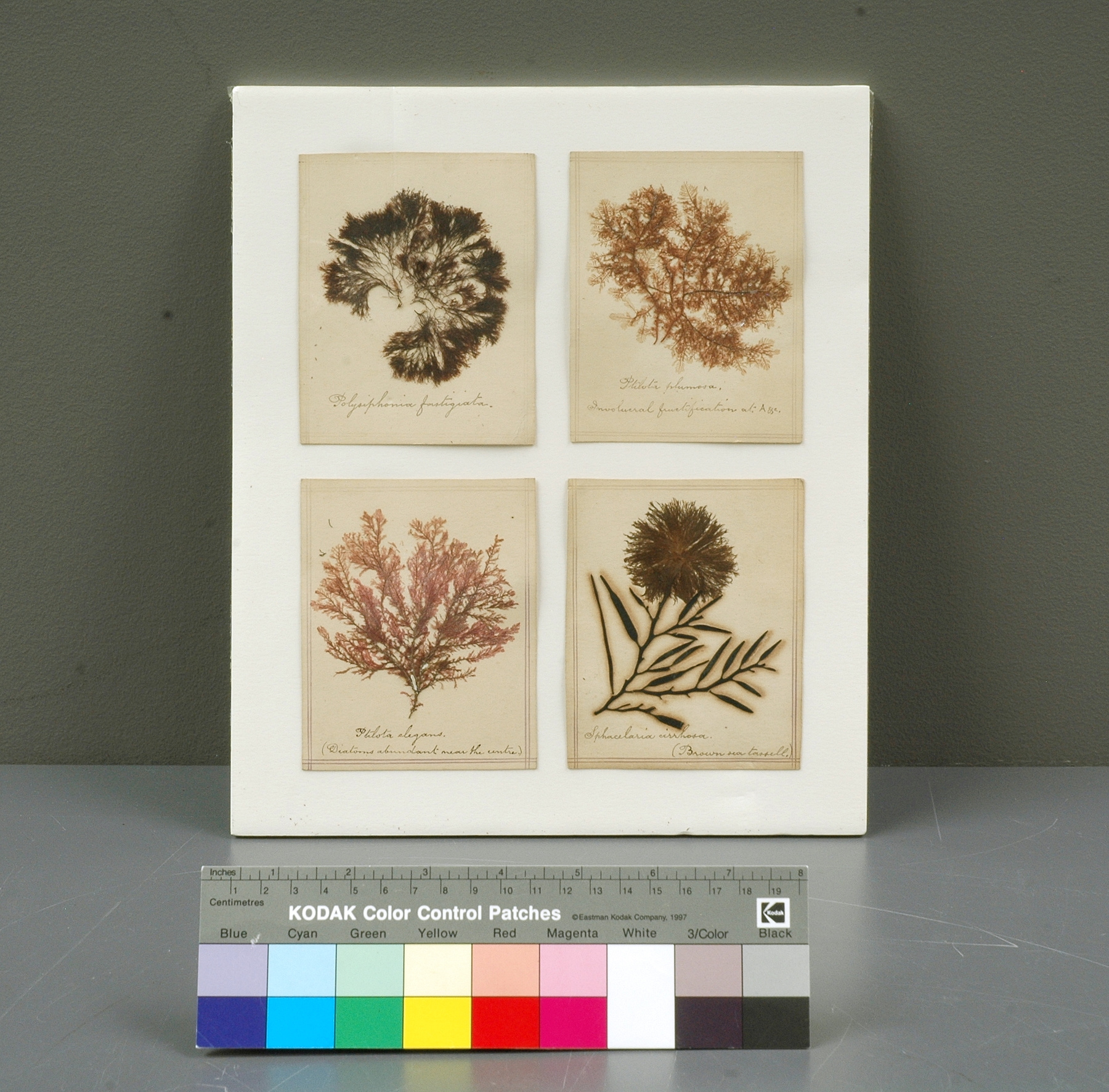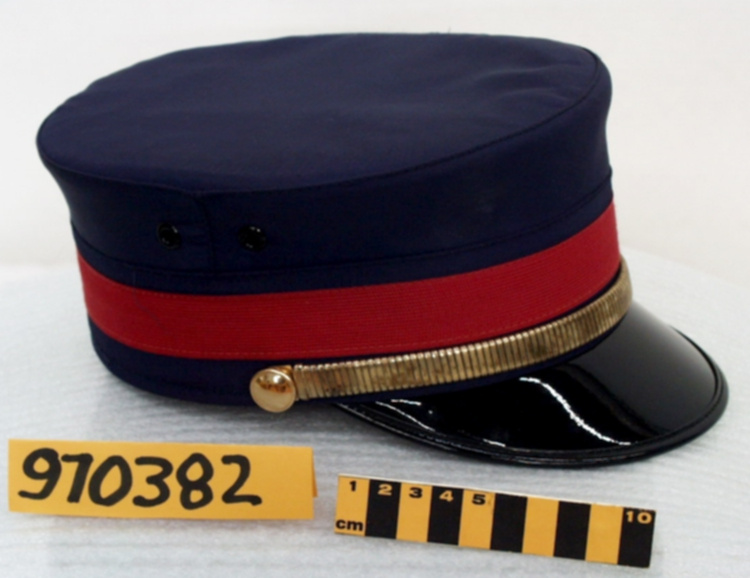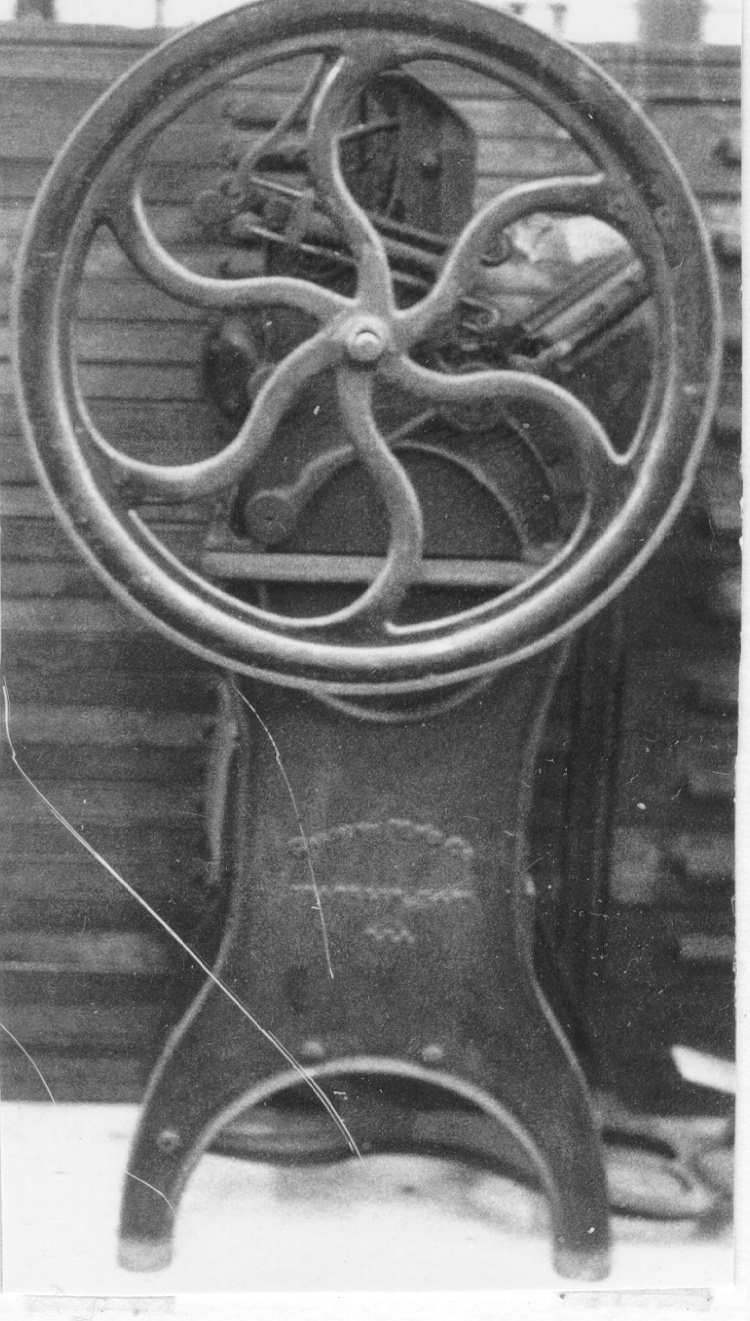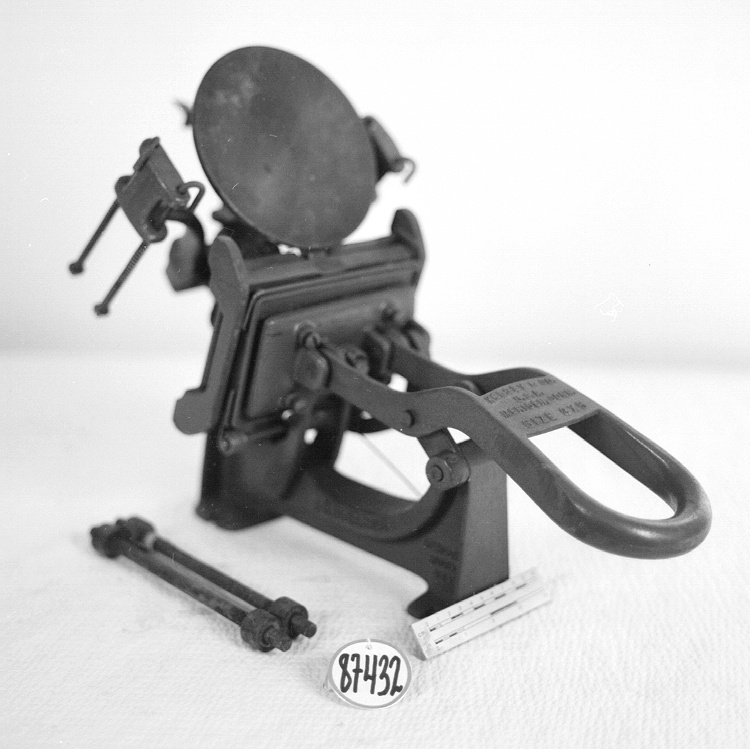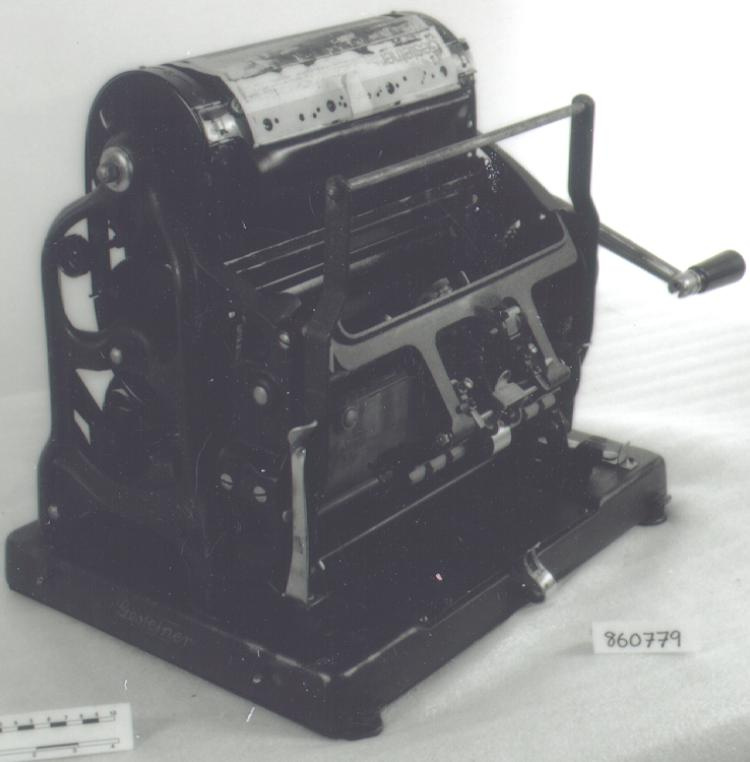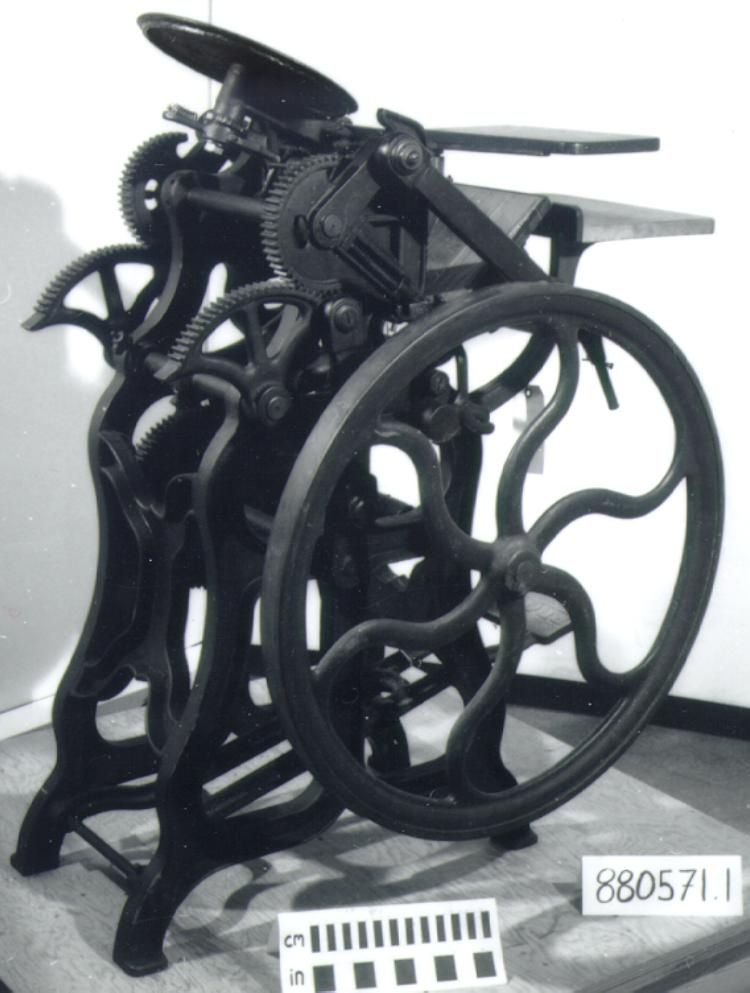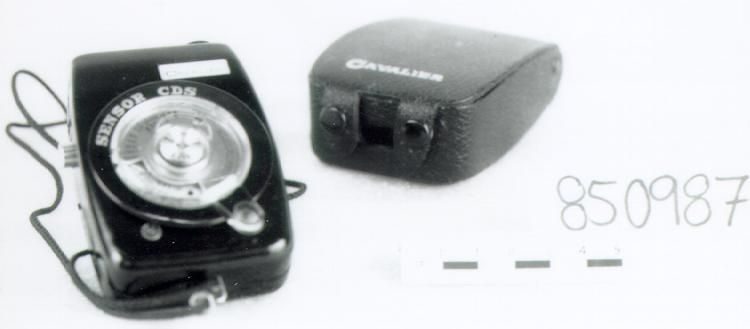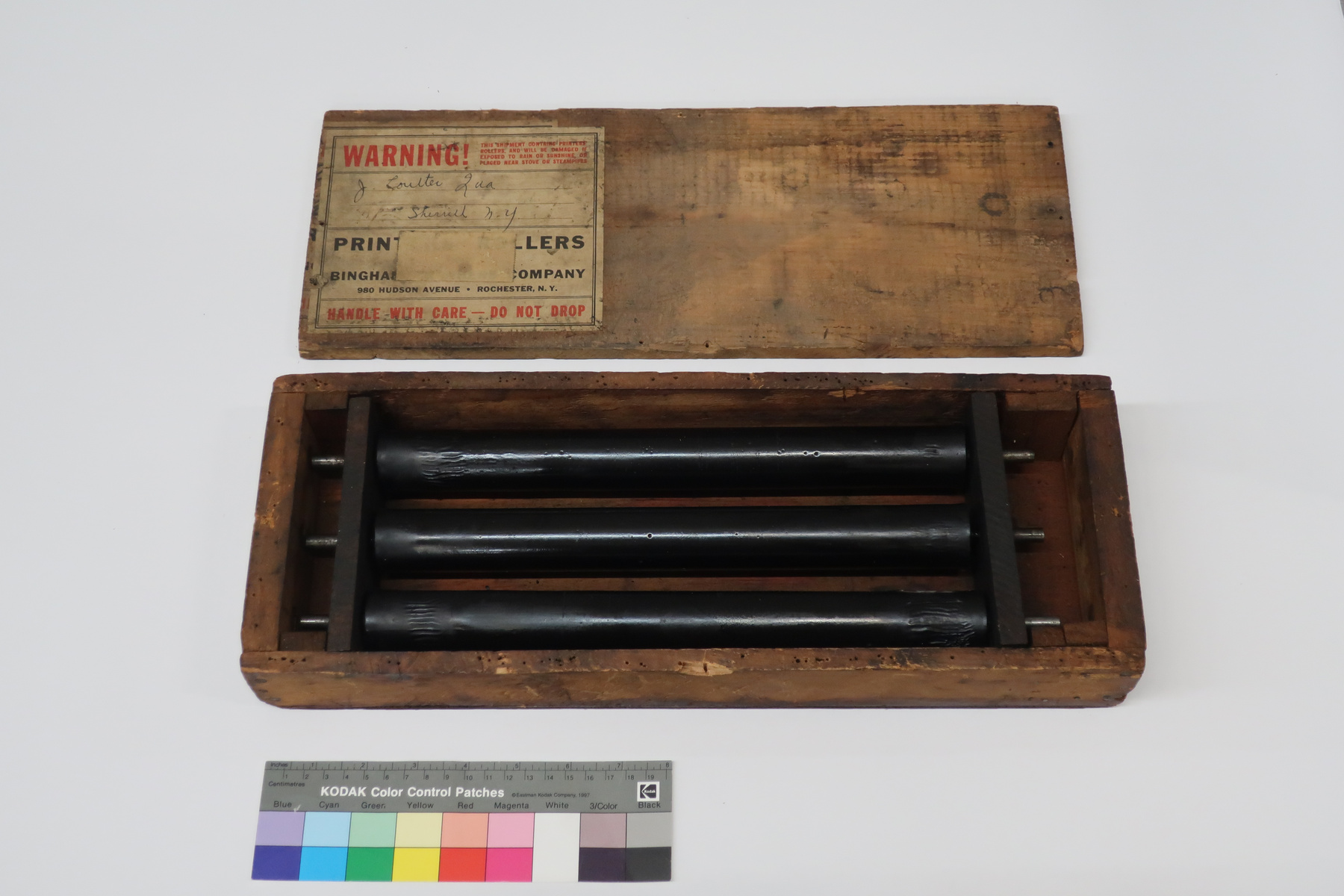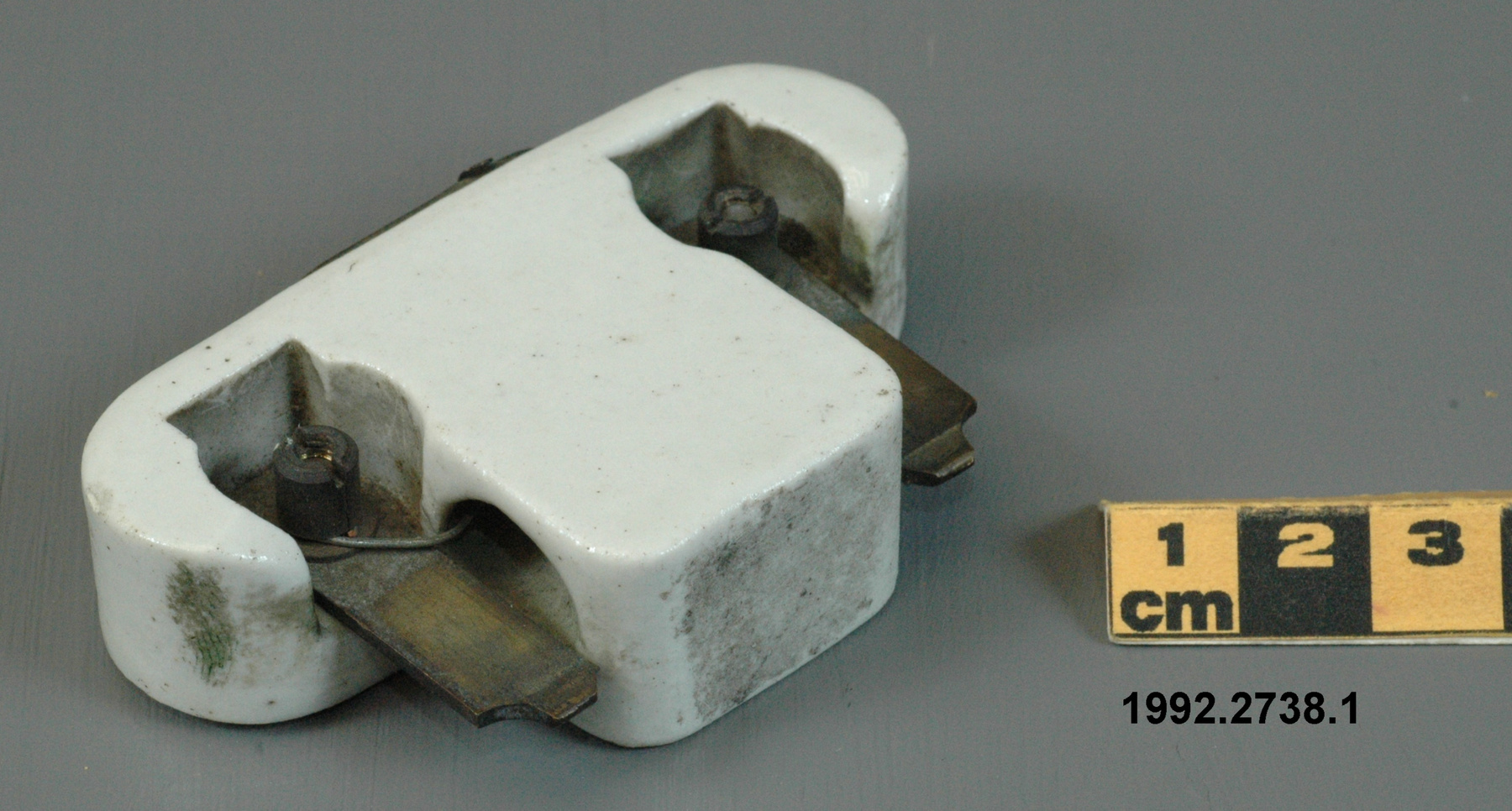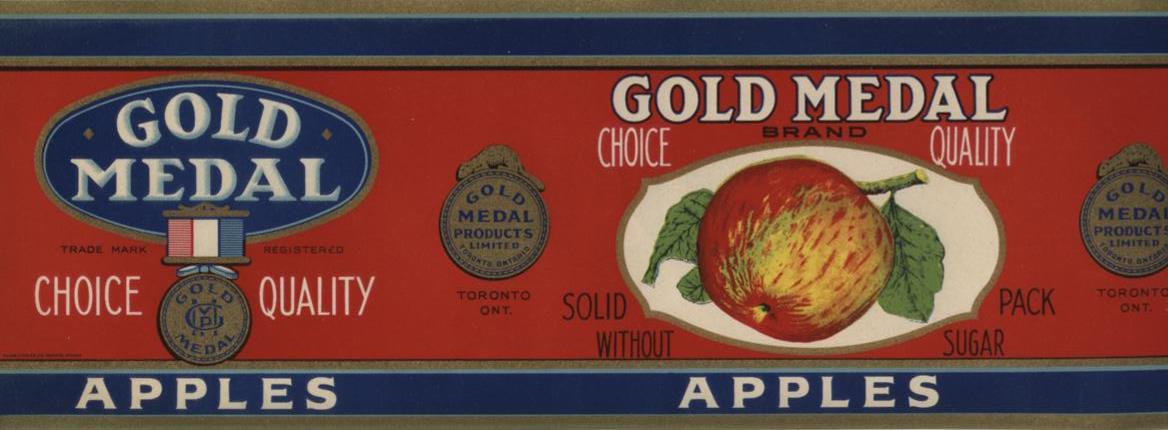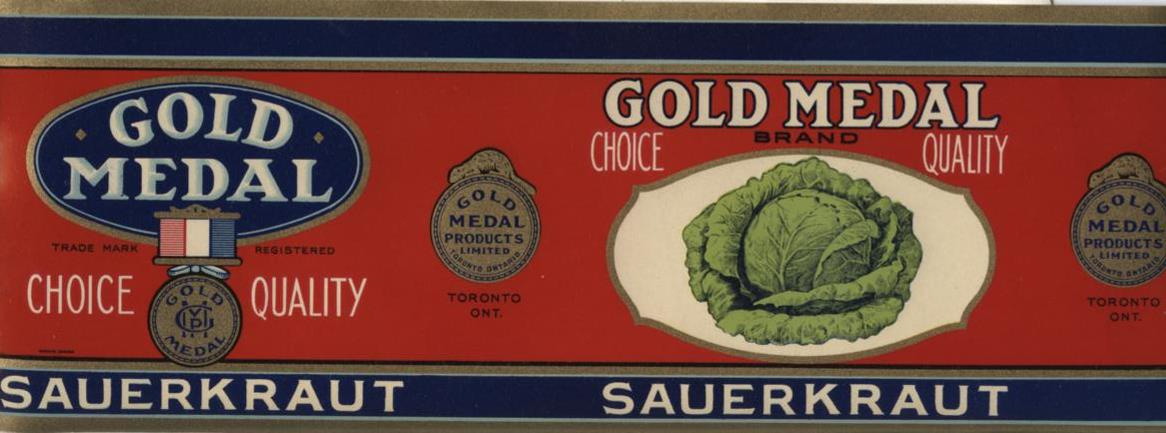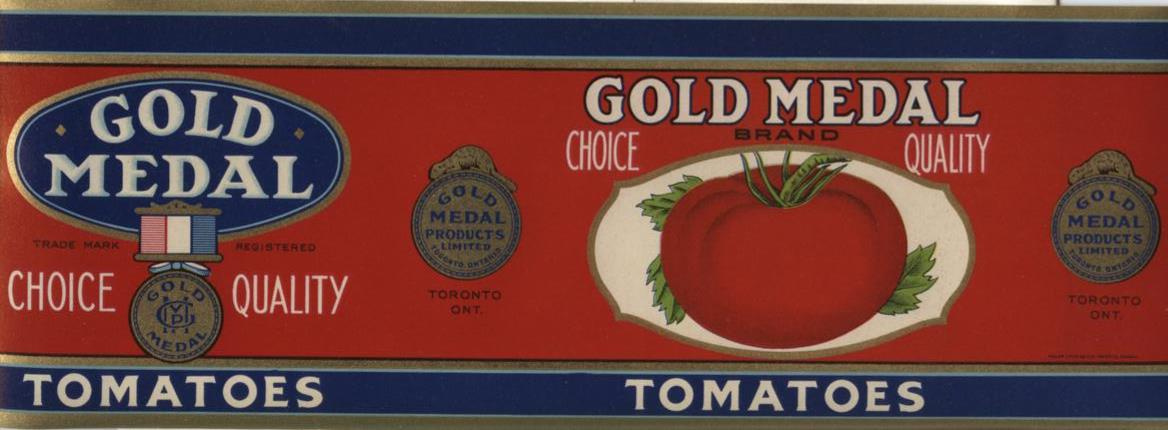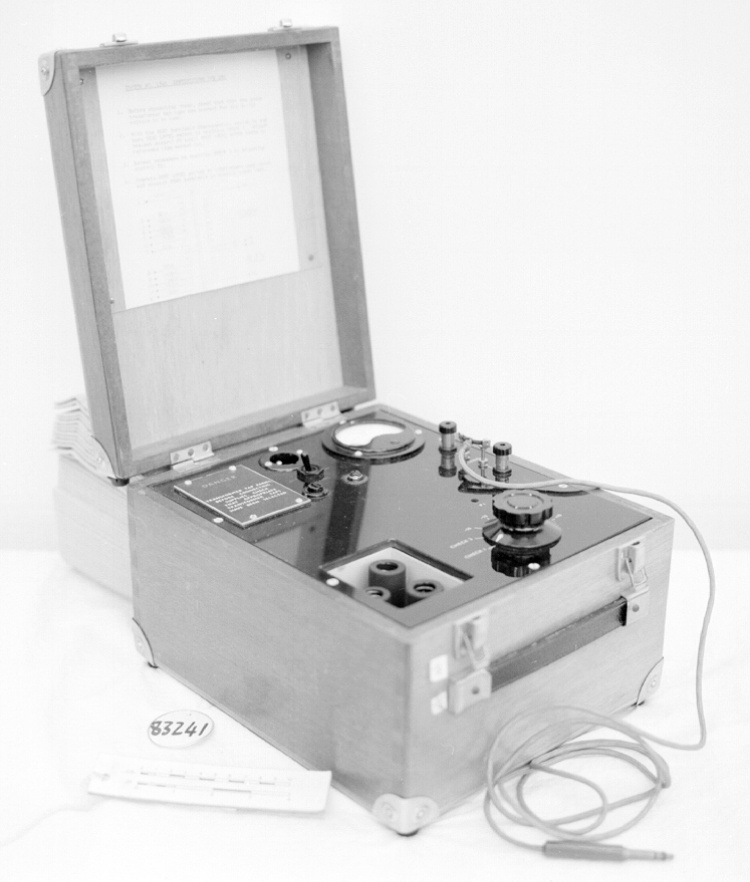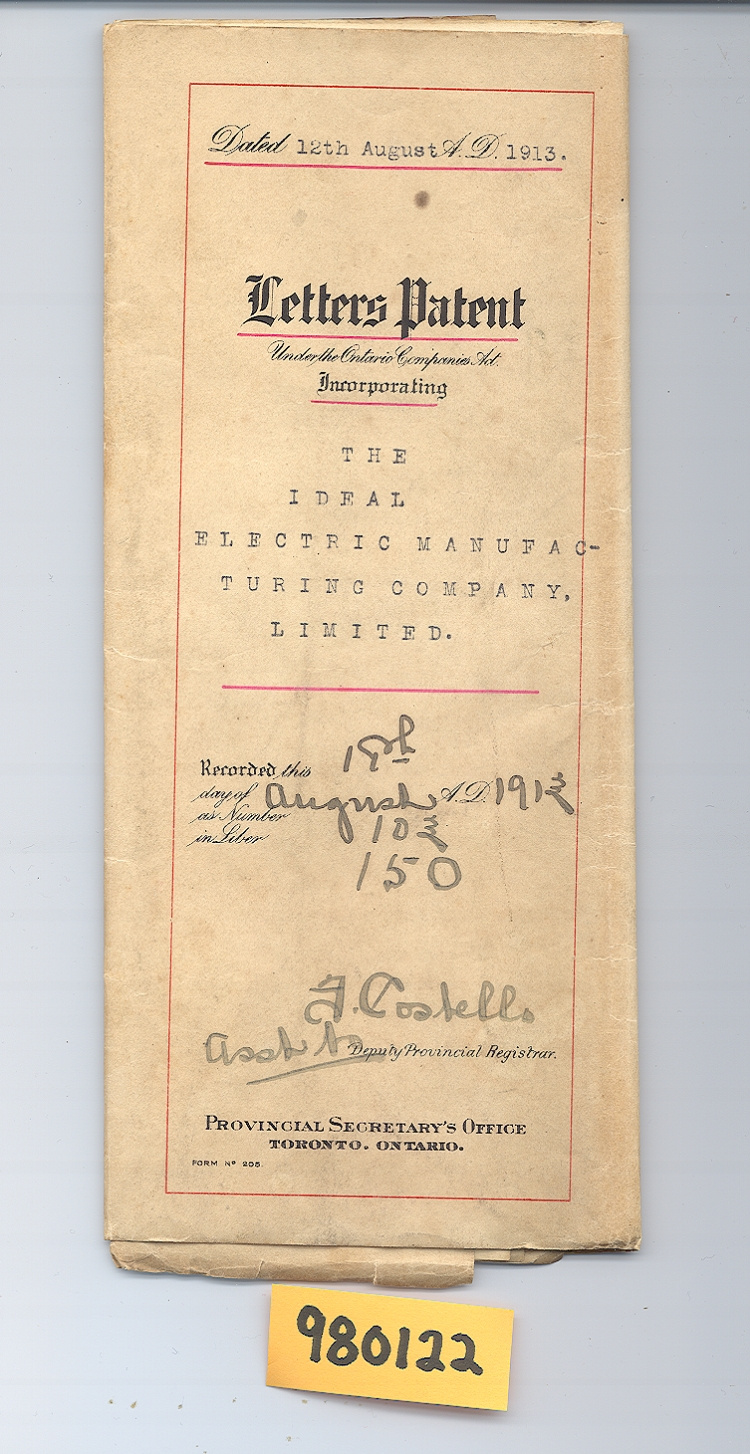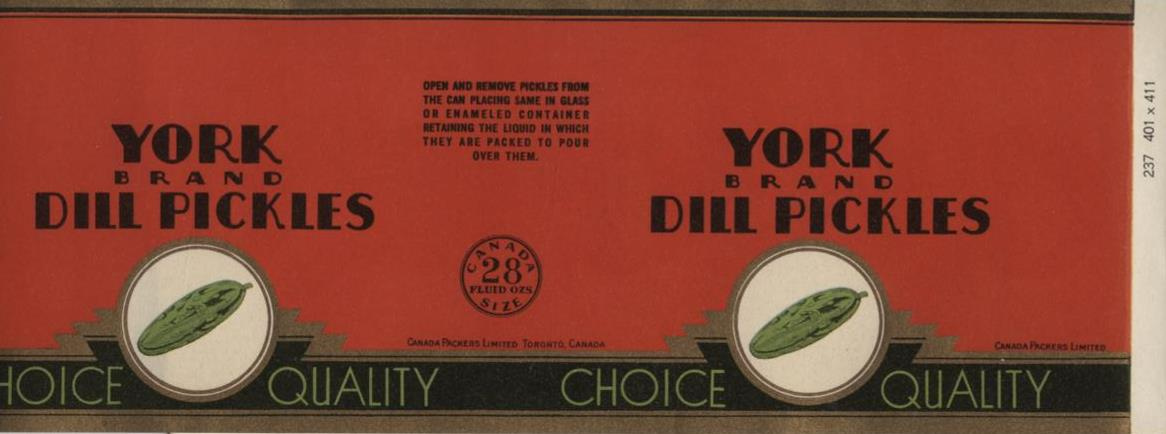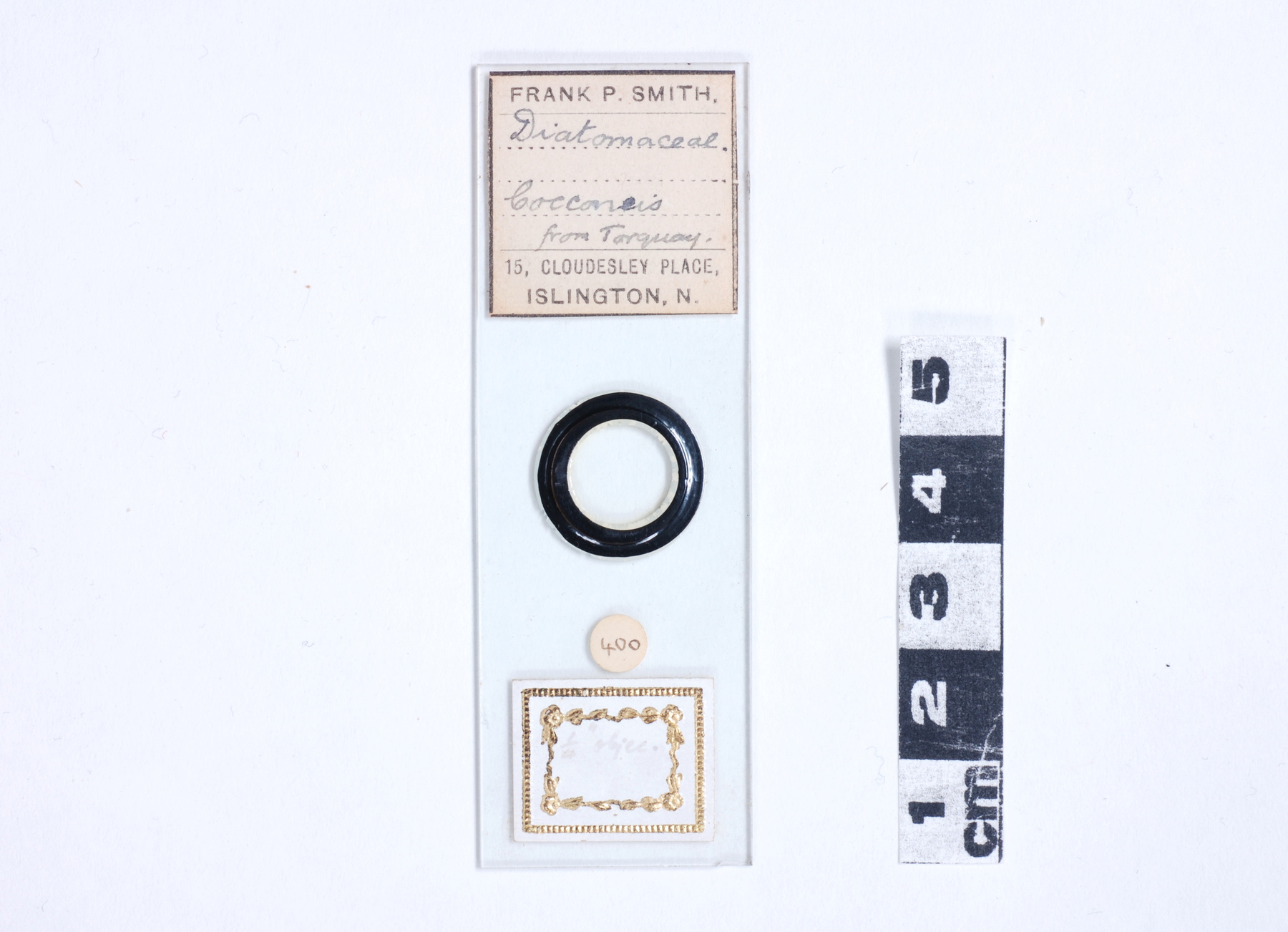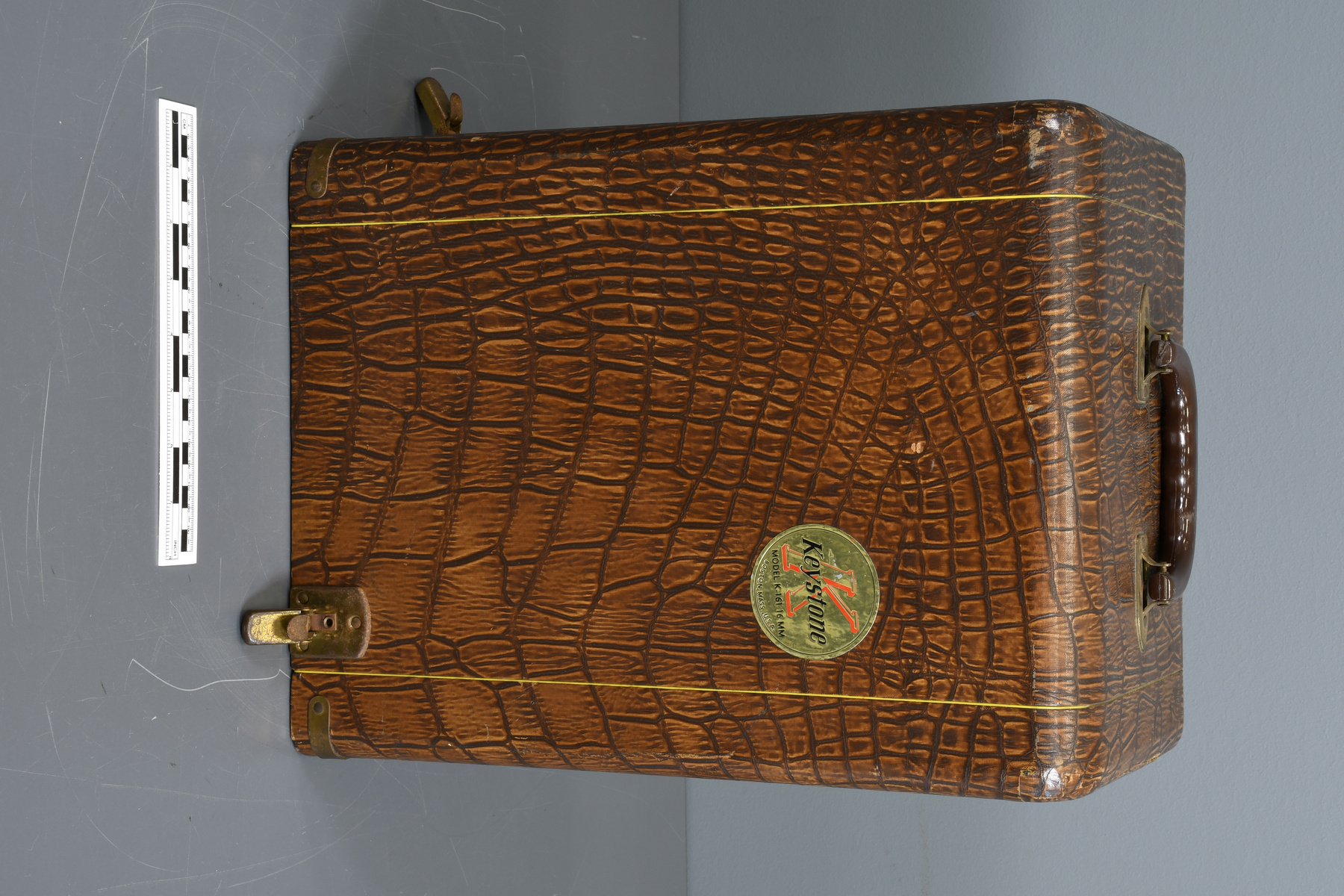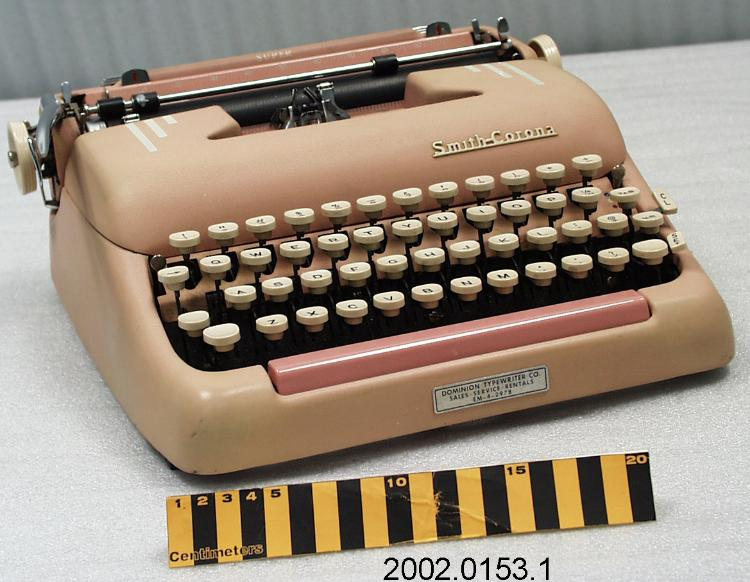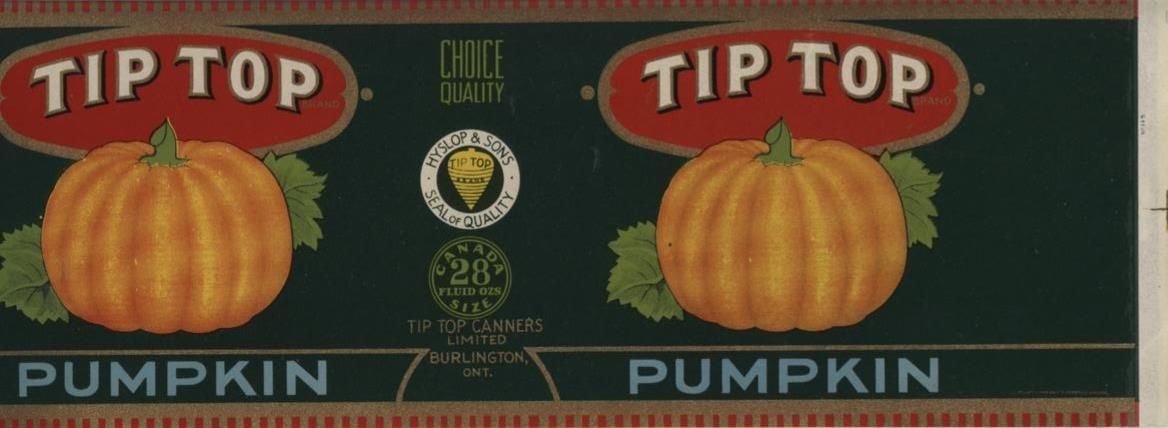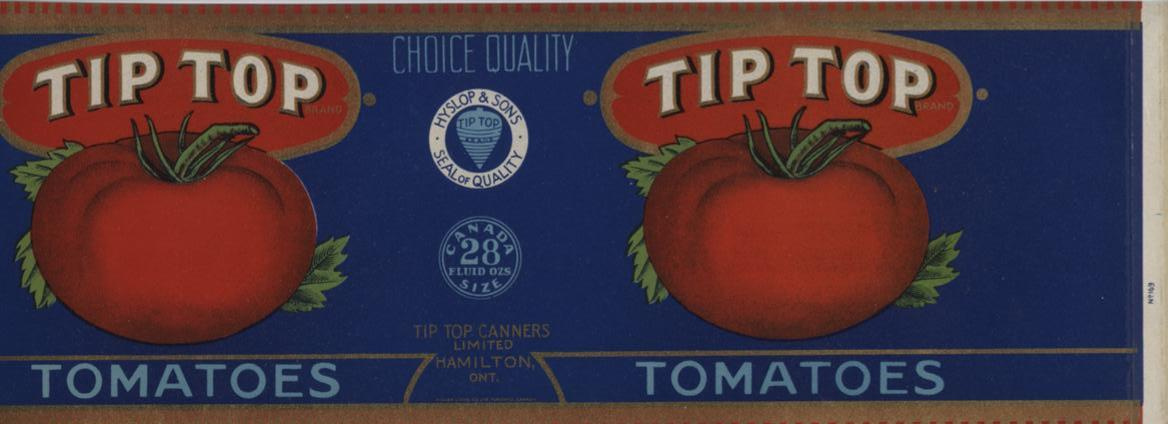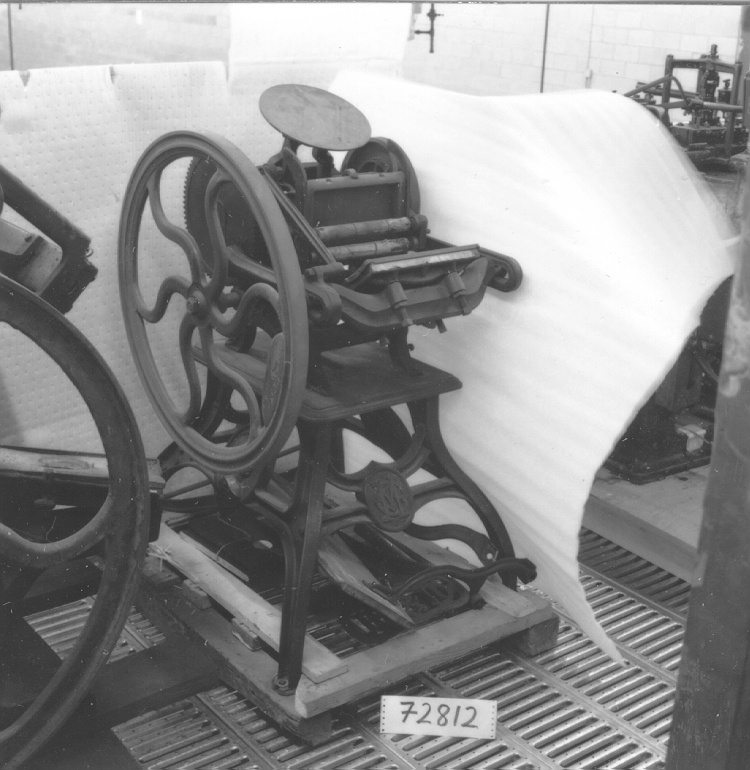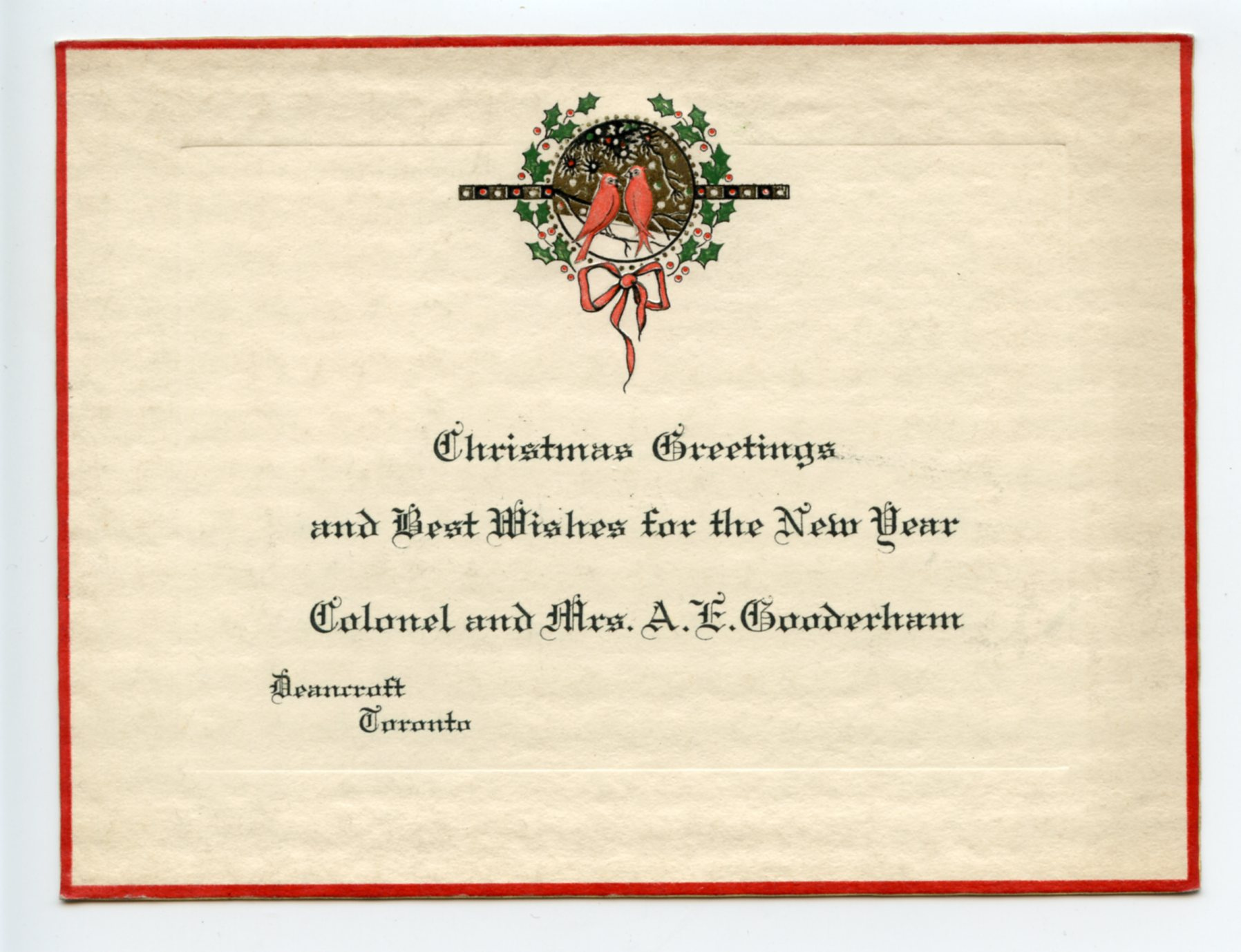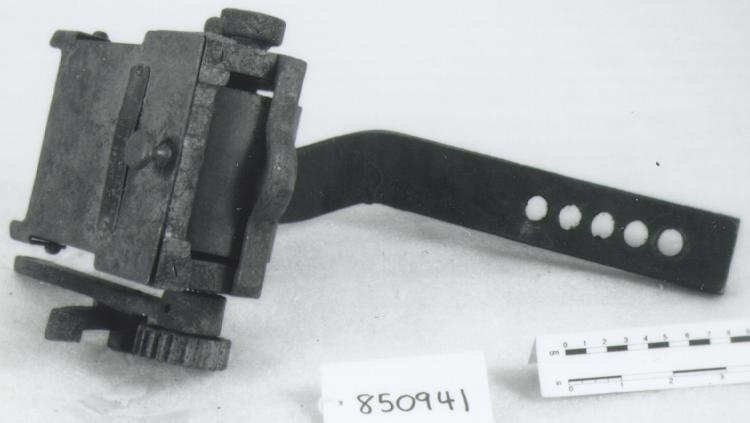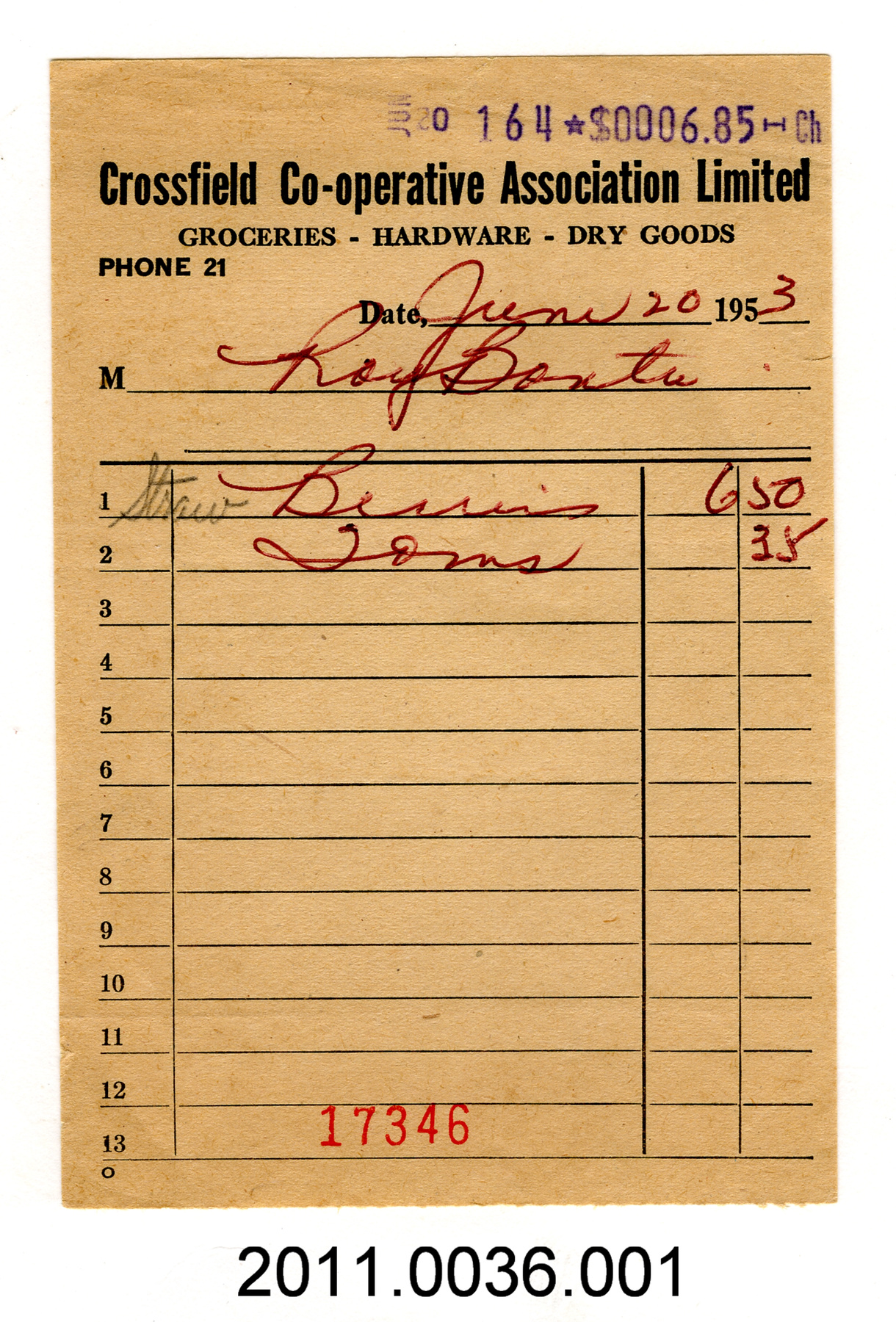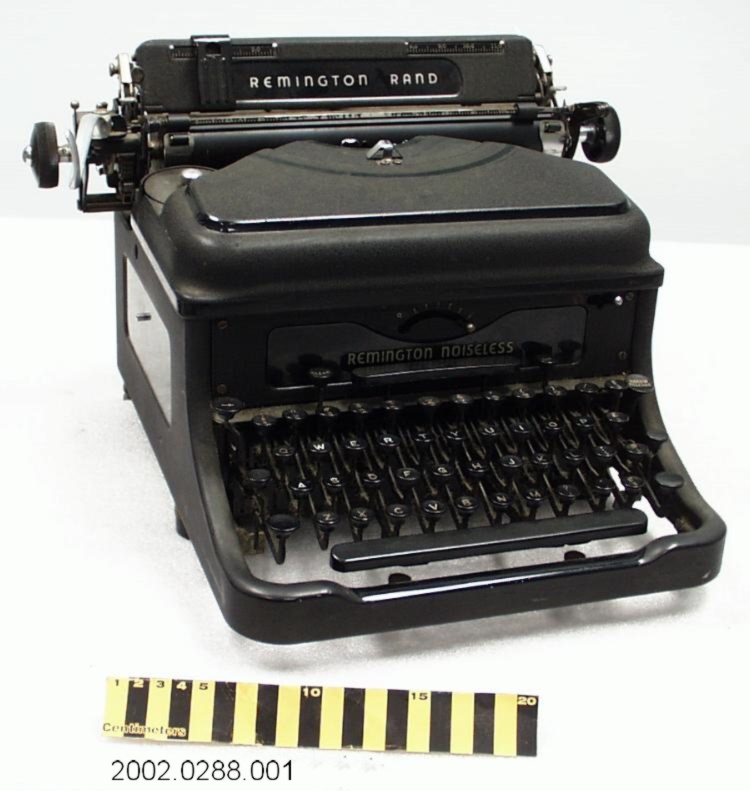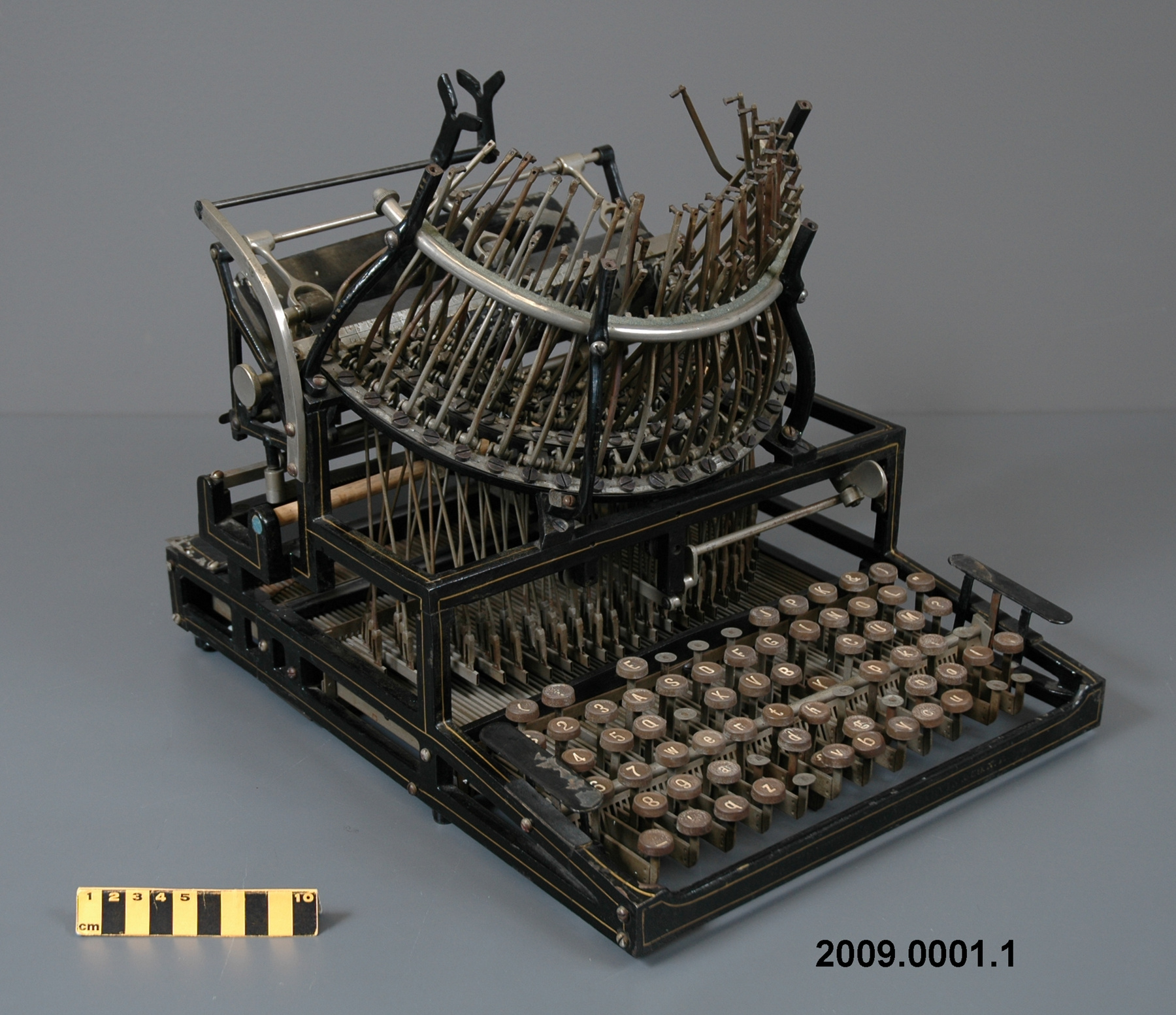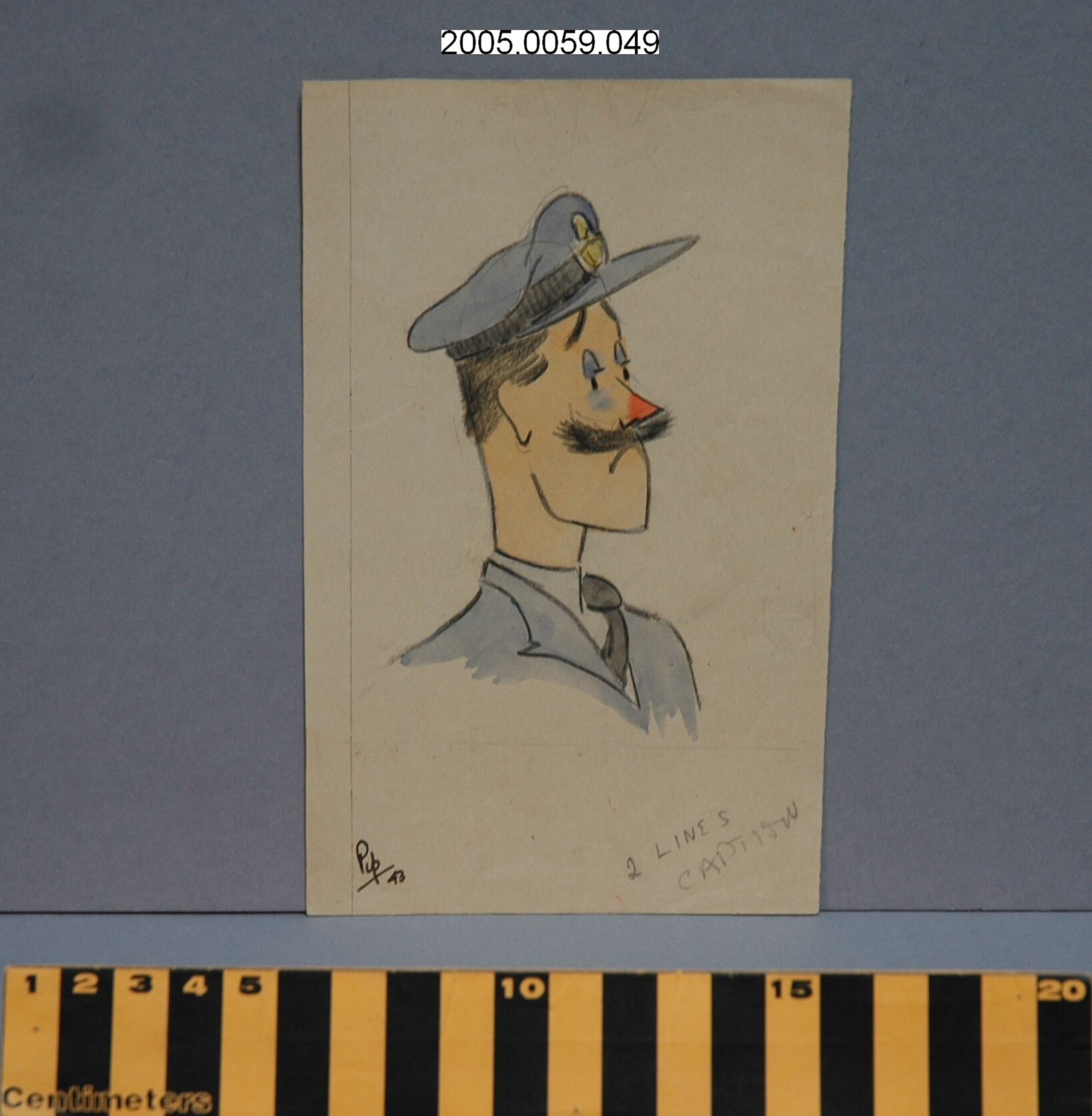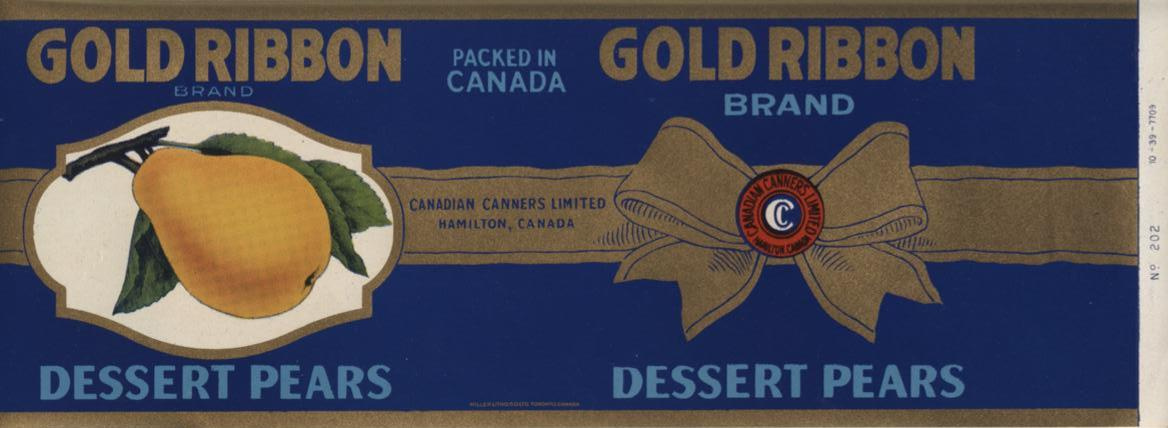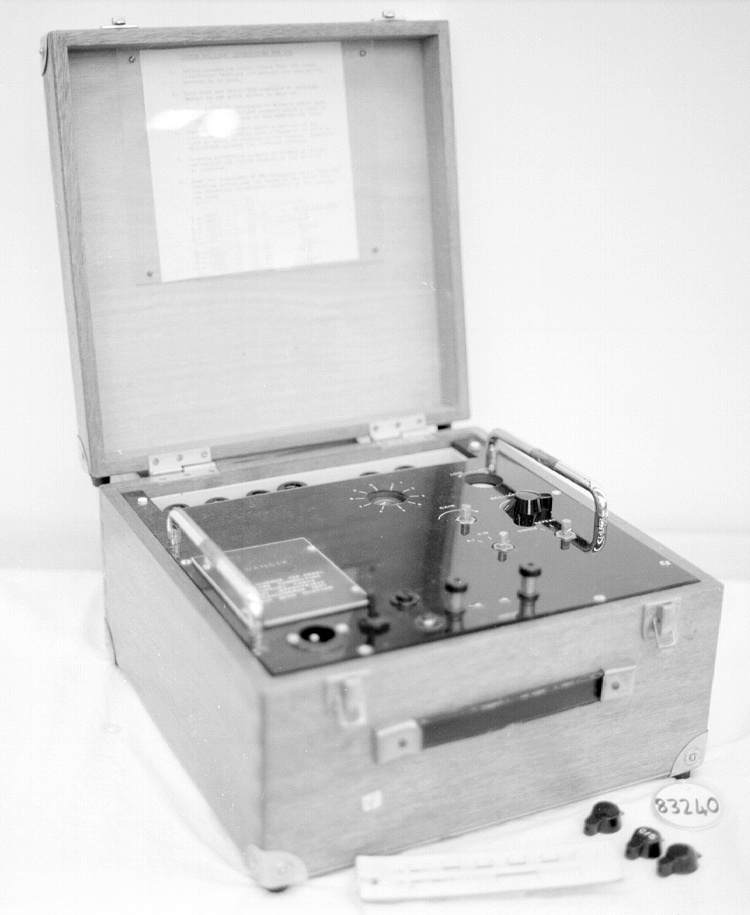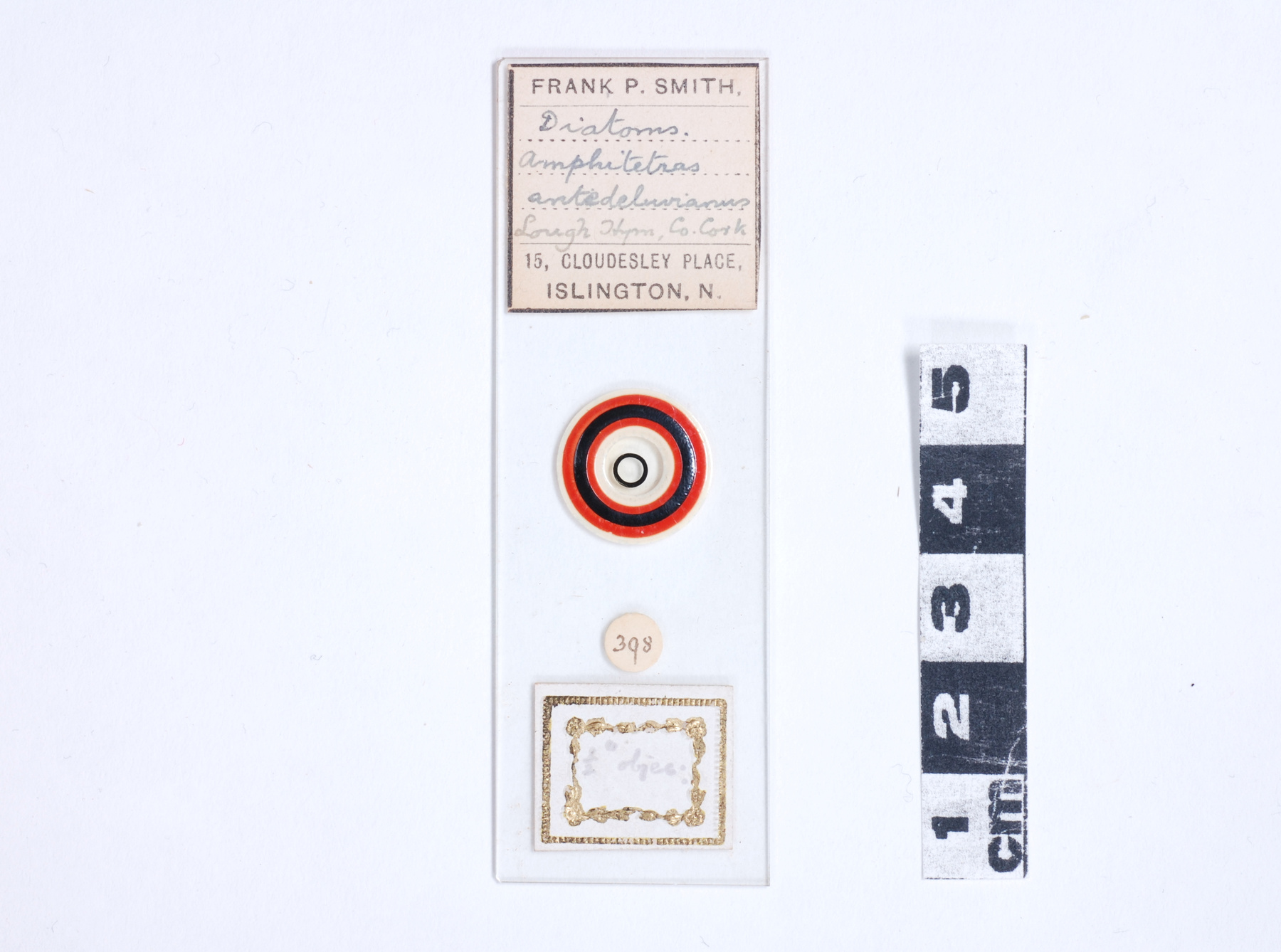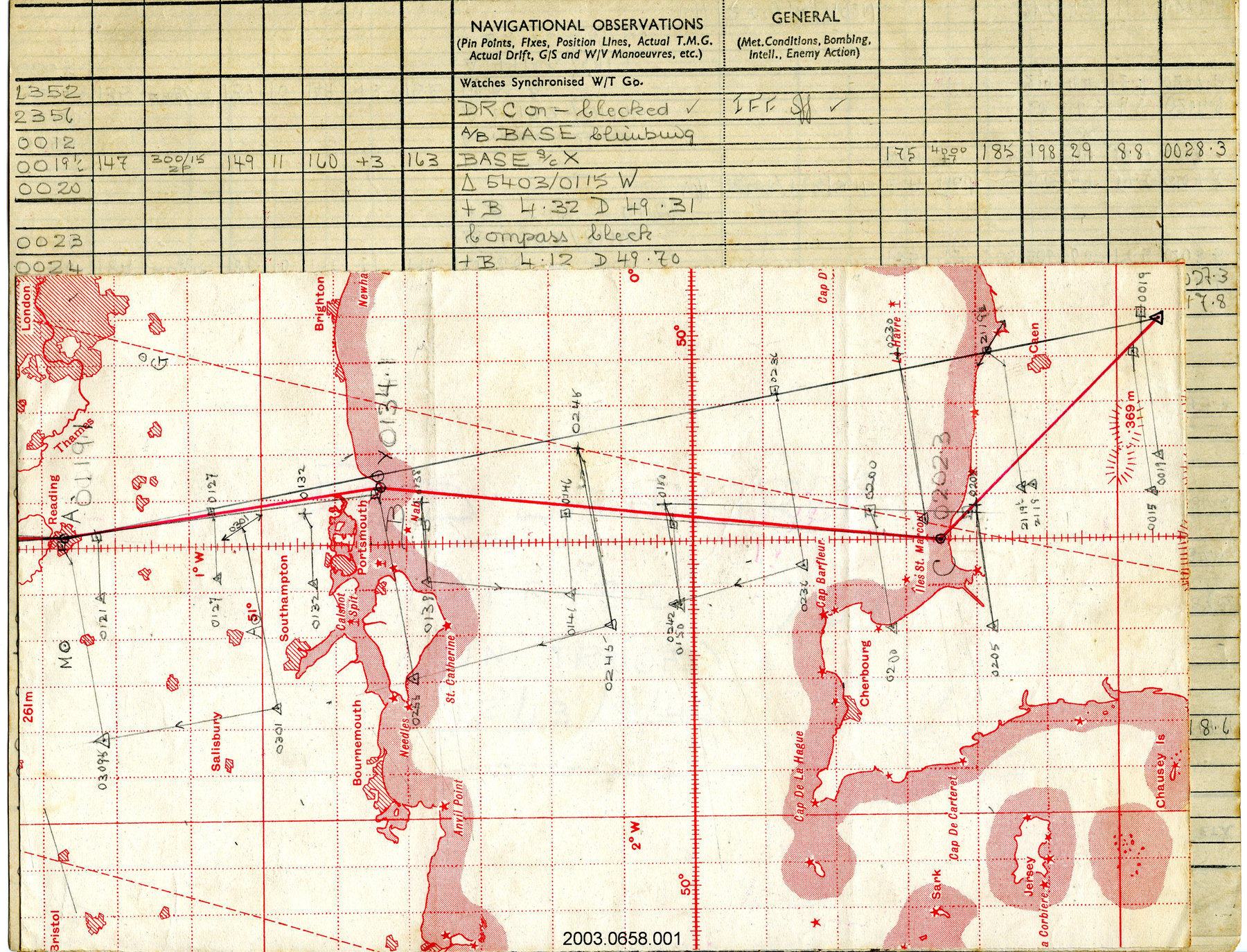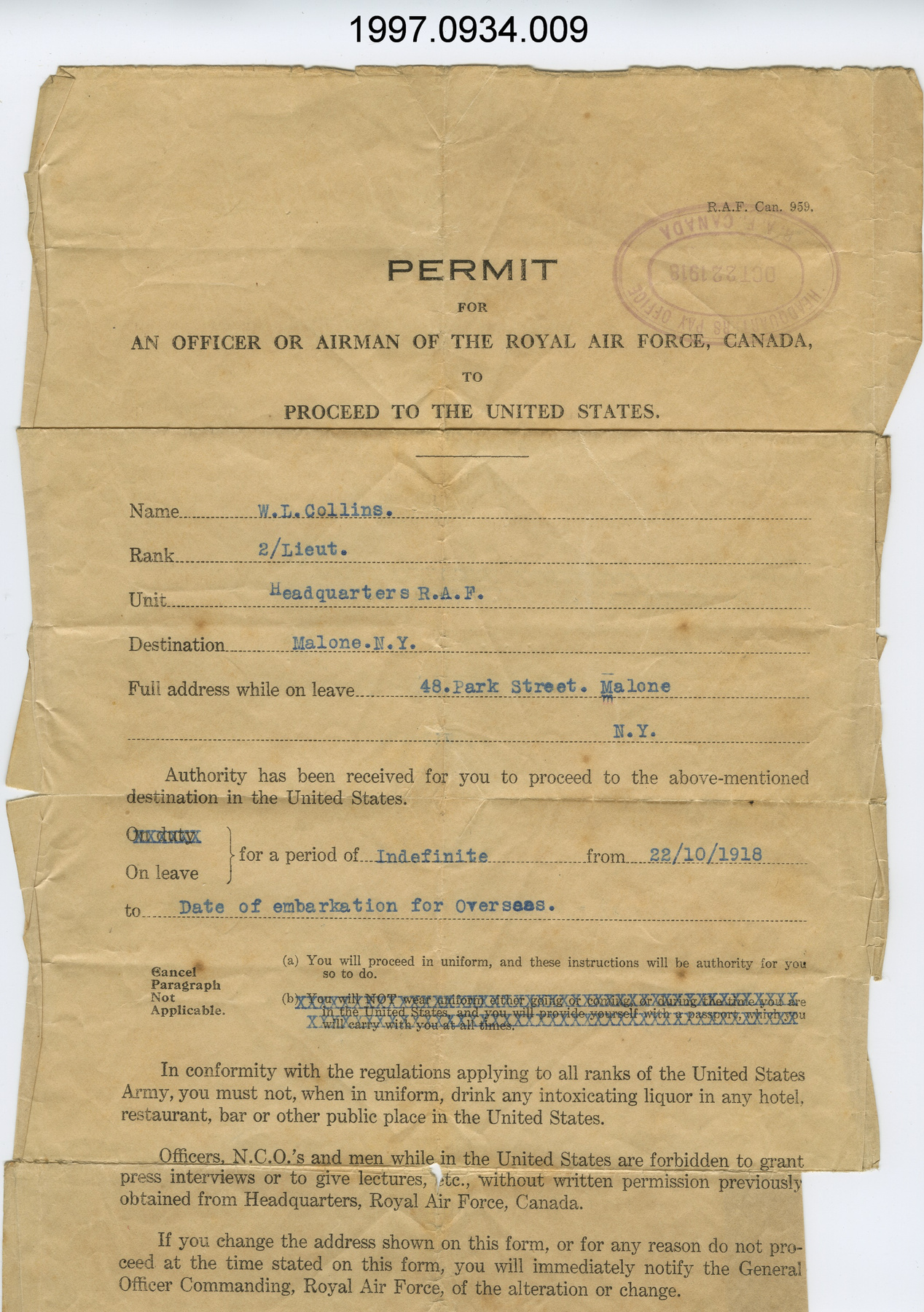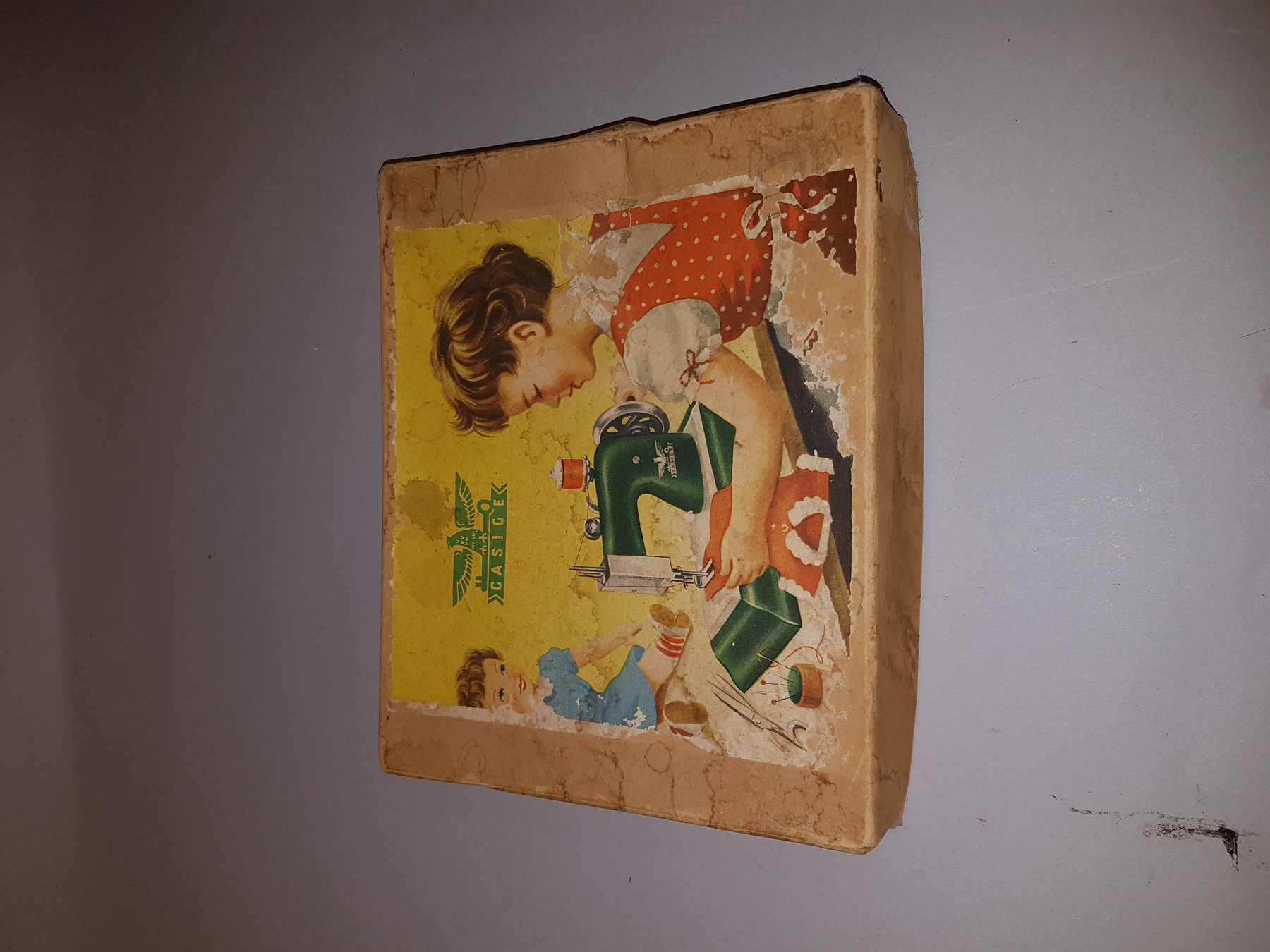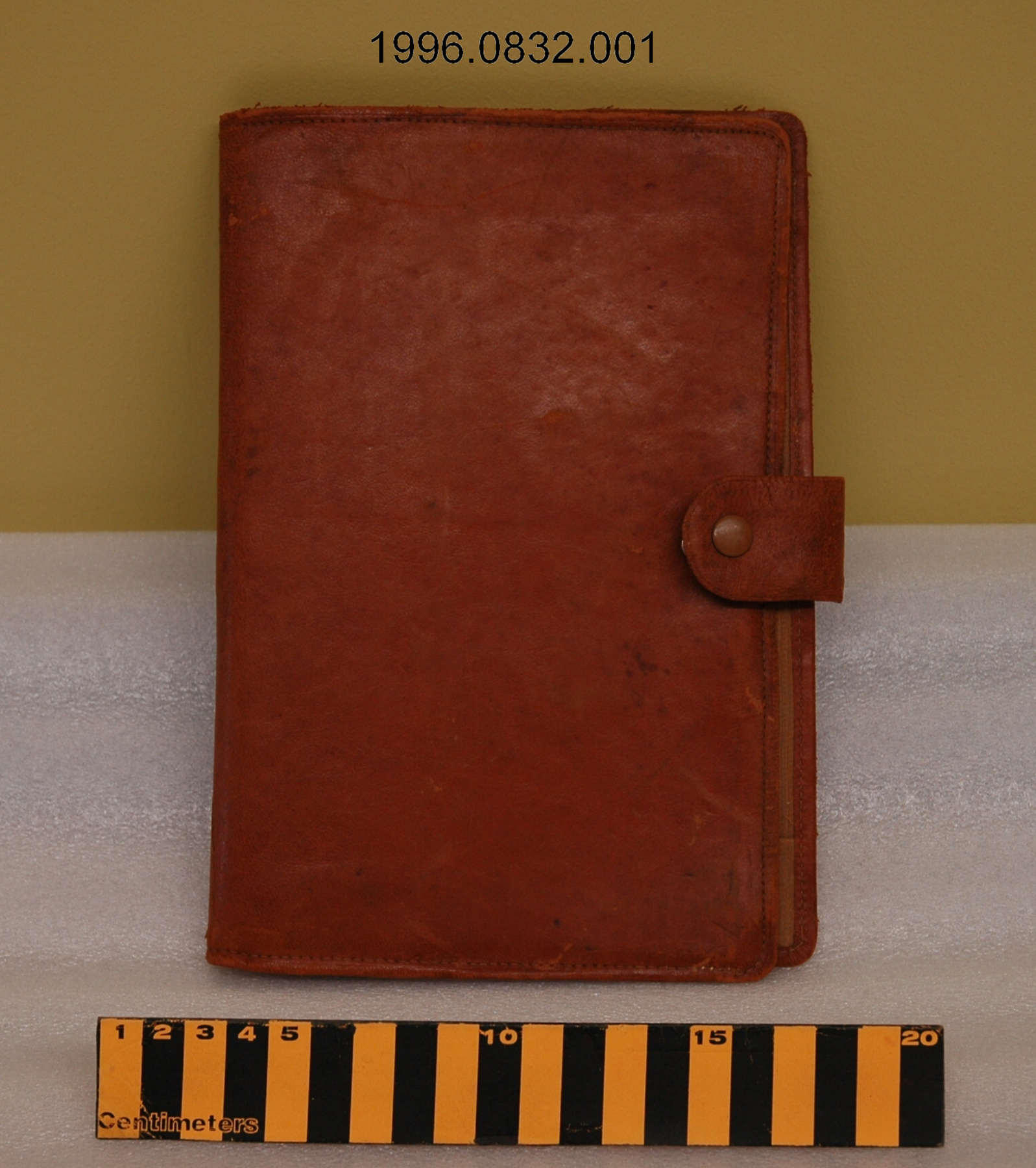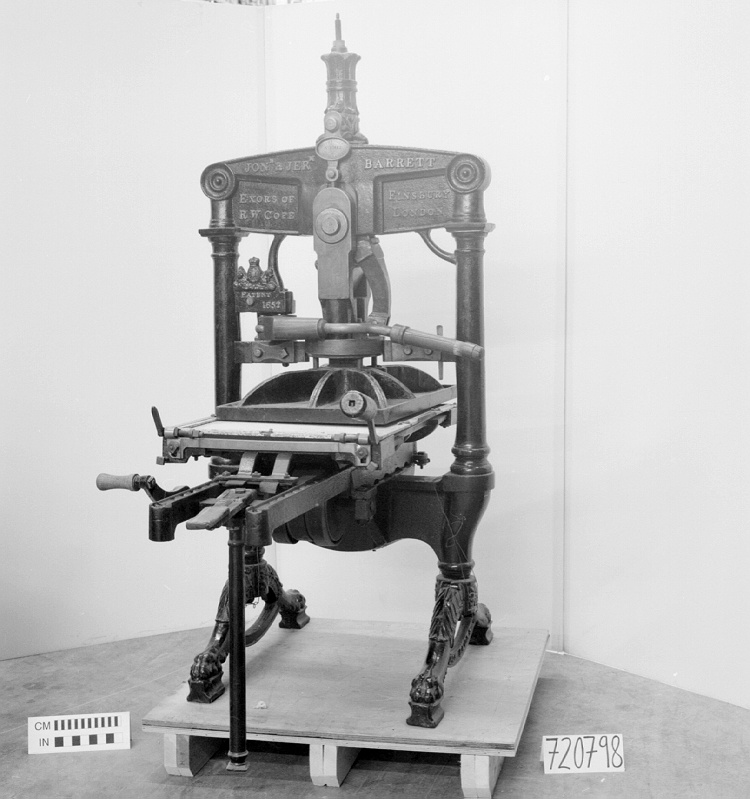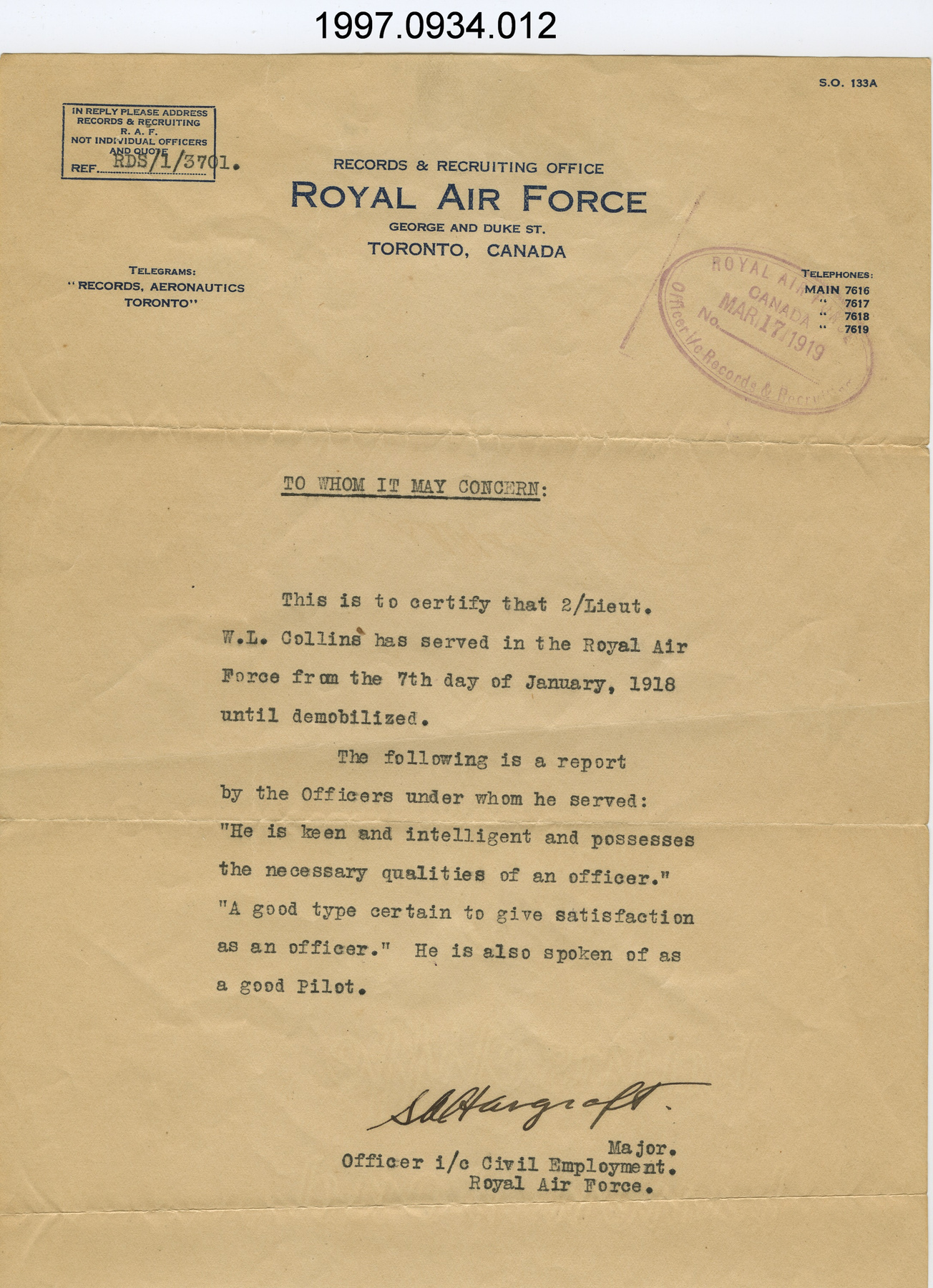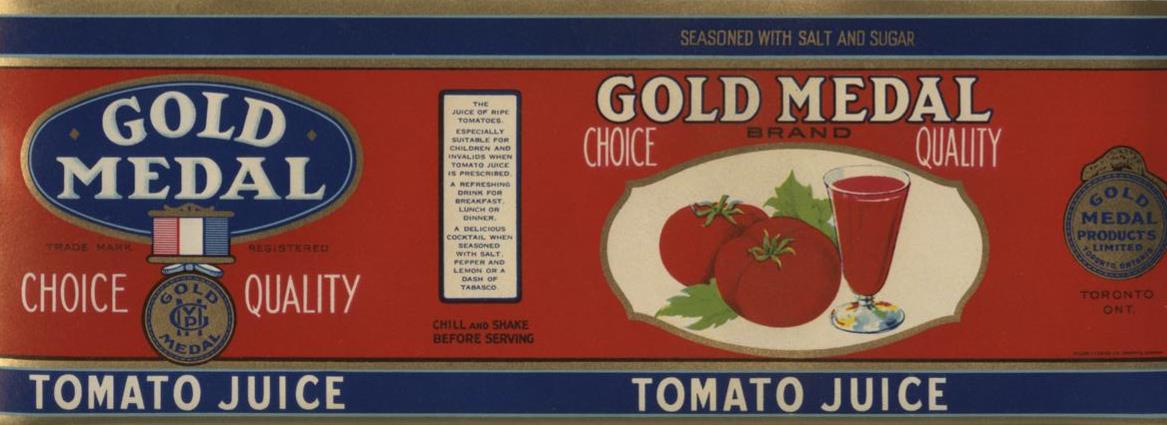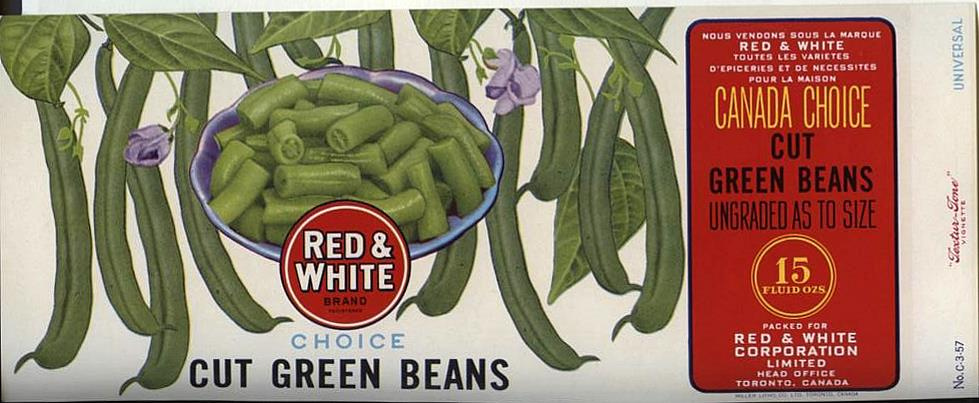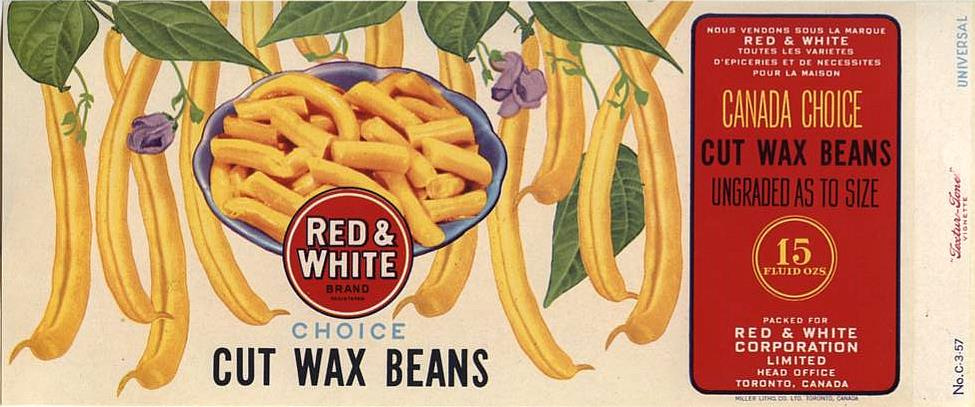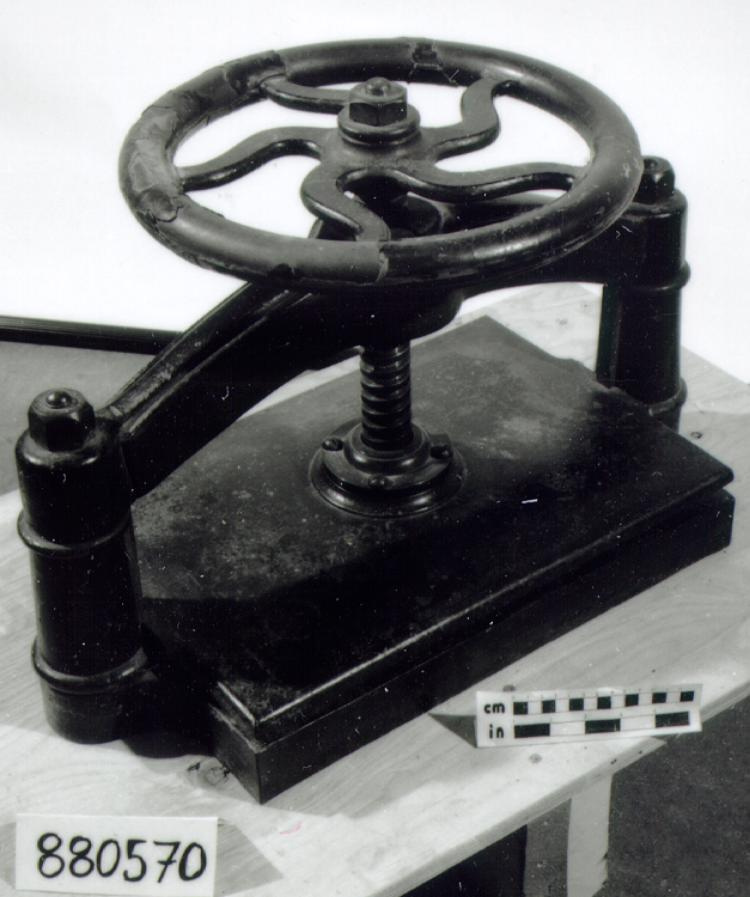Press, copy
Use this image
Can I reuse this image without permission? Yes
Object images on the Ingenium Collection’s portal have the following Creative Commons license:
Copyright Ingenium / CC BY-NC-ND (Attribution-NonCommercial 4.0 International (CC BY-NC 4.0)
ATTRIBUTE THIS IMAGE
Ingenium,
1988.0570.001
Permalink:
Ingenium is releasing this image under the Creative Commons licensing framework, and encourages downloading and reuse for non-commercial purposes. Please acknowledge Ingenium and cite the artifact number.
DOWNLOAD IMAGEPURCHASE THIS IMAGE
This image is free for non-commercial use.
For commercial use, please consult our Reproduction Fees and contact us to purchase the image.
- OBJECT TYPE
- SCREW/MANUAL
- DATE
- Unknown
- ARTIFACT NUMBER
- 1988.0570.001
- MANUFACTURER
- Unknown
- MODEL
- Unknown
- LOCATION
- Unknown
More Information
General Information
- Serial #
- N/A
- Part Number
- 1
- Total Parts
- 1
- AKA
- N/A
- Patents
- N/A
- General Description
- METAL/ LEATHER COVERING ON HANDLE
Dimensions
Note: These reflect the general size for storage and are not necessarily representative of the object's true dimensions.
- Length
- 62.0 cm
- Width
- 30.5 cm
- Height
- 44.5 cm
- Thickness
- N/A
- Weight
- N/A
- Diameter
- N/A
- Volume
- N/A
Lexicon
- Group
- Printing
- Category
- Duplication
- Sub-Category
- N/A
Manufacturer
- AKA
- Unknown
- Country
- Unknown
- State/Province
- Unknown
- City
- Unknown
Context
- Country
- Canada
- State/Province
- Unknown
- Period
- Unknown
- Canada
-
Unknown - Function
-
To copy a handwritten document by applying pressure to a sheet of tissue paper placed over the ink original. - Technical
-
Patented by James Watt in 1780, copy presses were once a common tool in offices, providing the simplest means of making copies of hand written documents. To copy a letter, a damp sheet of "onion skin" copy paper was placed over the freshly written page and then both were placed in the press. When squeezed together the thin, absorbent copy paper would pick up some of the ink from the letter. This reverse image of the text could be read correctly by viewing it through the back of the nearly transparent sheet. In the twentieth century copy presses were superceded by the use of carbon paper with typewriters and, later, by photographic copying methods. - Area Notes
-
Unknown
Details
- Markings
- ON TOP OF PLATEN, MOSTLY ILLEGIBLE, CAN SEE '[?] & SON/ [?] RERS'
- Missing
- N/A
- Finish
- PAINTED BLACK, NOW MUCH WORN & CHIPPED, FADED GOLD & RED COLOURED TRIM ON TOP OF PLATEN/ REMAINS OF LEATHER ON HANDLE ARE BROWN & BLACK
- Decoration
- FADED GOLD-COLOURED LINE AROUND BASE/ ON TOP OF PLATEN IS GOLD-COLOURED LINE AROUND OUTER EDGE WITH THICKER GOLD LINE TO INSIDE OF IT,INNER LINE HAS RED DETAILING & SCROLLWORK
CITE THIS OBJECT
If you choose to share our information about this collection object, please cite:
Unknown Manufacturer, Press, copy, Unknown Date, Artifact no. 1988.0570, Ingenium – Canada’s Museums of Science and Innovation, http://collections.ingeniumcanada.org/en/id/1988.0570.001/
FEEDBACK
Submit a question or comment about this artifact.
More Like This
